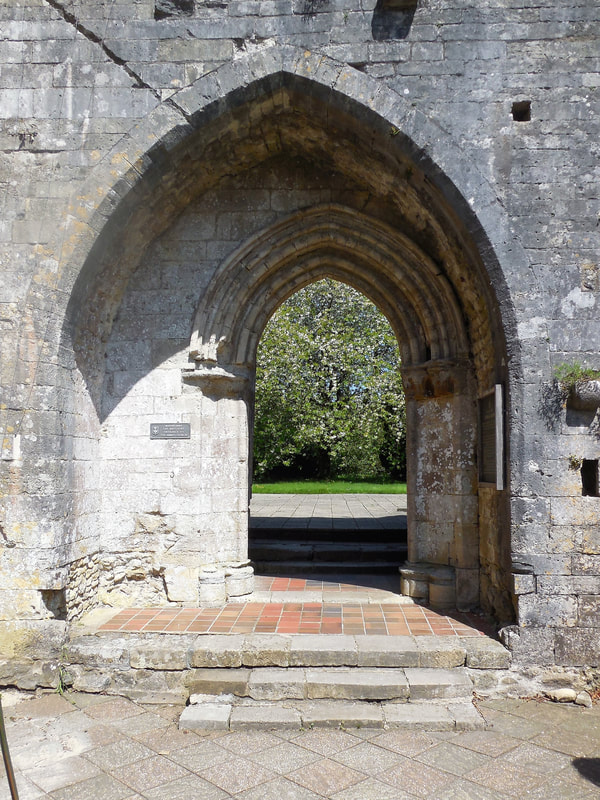
|
In May 2018, on our weekend in Southampton when the Archive was closed, Kristine Hughes Patrone and I took a welcome break from our research and traveled on the ferry from Southampton Docks to Hythe, on the edge of the New Forest. We passed by the big cruise ships as well as all sorts of watercraft on a perfectly sunny warm day. As we found out later in the year it was the glorious spring before the hot and dry summer in England this year. Above, a Wikipedia picture of the famous Motor Museum at Beaulieu which attracts thousands of visitors. You can tell from the fact I took not even one picture of a car I was much more interested in the ruined Abbey and the stately home.  The remains of the Abbey over large portions of the estate clearly show how large and prosperous the Cistercian Order had grown over the years from its establishment in 1204 in the reign of King John (1167-1216). It grew from thirty monks to hundreds who conducted their sacred duties in its precincts. A model of the Abbey as it was after the 13th century, showing the large high-roofed church, chapter house, the cloisters and dormitories. The picturesque ruins give only a hint of their original splendor. Above, the choir entrance to the church from the cloister. A collection of architectural remnants from the demolished buildings. Above, the Domus Conversorum, once the quarters of the lay brothers who performed the practical tasks of maintaining the Abbey, cooking, and farming. Thus the choir brothers could devote their lives to prayer serving God. Above, the Abbey Church in the former refrectory, which serves the parish of Beaulieu. Below, horses of the New Forest, roaming freely, but refusing to turn around and greet us. he refused to turn around and pose for me The forested areas were lovely, but the horses obviously preferred the grasslands. Next week, the Beaulieu Palace House.
0 Comments
Hartley Library at the University of Southampton has a large archive of important papers from the Duke of Wellington, Prime Minister Viscount Palmerston, and Earl Mountbatten, among others. Emily Lamb, Viscountess Palmerston, was the first object of my research at the the Archives several years ago. When Kristine Hughes Patrone and I visited in May 2018, we were checking out the letters of the Duke. 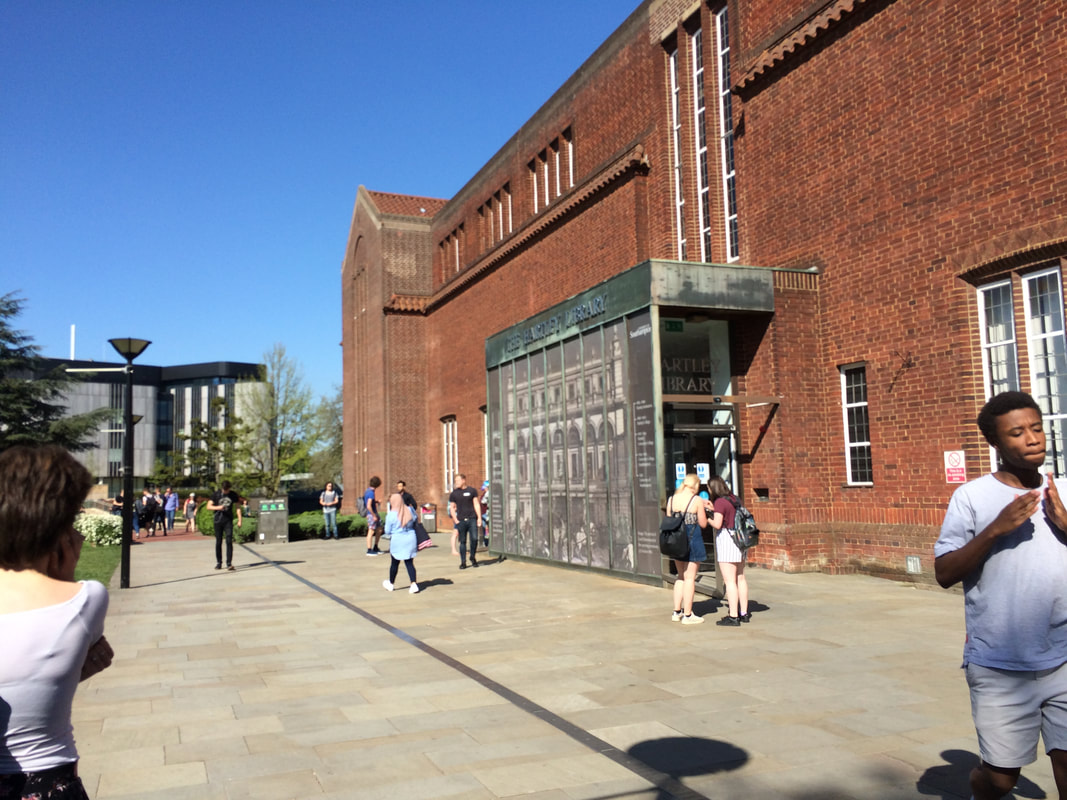 We couldn't take our cell phones into the Special Collections area, but we did take a few pictures in the library, including the pictures below, made up of many little pictures. The portrait above is Ishbel Grace MacNaughton Campbell (1906-1997), a chemist who taught and researched at the University of Southampton for more than fifty years, a trendsetter among women in science and academia. The collage was created of selfies taken by women faculty members on October 11, Ada Lovelace Day (honoring one of the foremothers of computing), and created by Pascal Matthias. It hangs in the forecourt of Hartley Library. The library's commons area. Though we could not take cameras into our workspace, this gives you a tiny taste of the handwriting we strained to decipher. The librarians were most accomodating and the wi-fi efficient! We traveled around the city a bit now and then, enjoying the lovely waterfront (more later), watching a movie at the mall (The Guernsey Literary and Potato Peel Pie Society) and taking in The Dolphin, where Jane Austen danced. Below, the plaque beside the large entryway. On the weekend, we took a ferry across the bay to the New Forest and Beaulieu, next week on this blog.
The Abbey Church of Saint Peter and Saint Paul, known as Dorchester Abbey, is located in the picturesque south Oxfordshire village of Dorchester-on-Thames. Below is my choice for a retirement home, nearby! Don't I wish! Dorchester Abbey grew out of a 12th century monastery and is now a parish church, decorated on the day we visited in May 2018 for a wedding later in the day. Note that this is the Oxford village of Dorchester, not the Dorset town. The lead baptismal font, one of only thirty remaining in England, dates from c. 1170 stands on a limestone base from the Victorian era. In the background are remnants of medieval decoration in the People's Chapel. Just above the altar table is a painting of the crucifixion, from the 14th century, re-painted by the Victorians. The cross in the arch above was painted over other earlier scenes. The modern cross, of stainless steel, reflects the cross above it. It was created in 2010 by Brian Catling. The Victorian window in the Requiem Chapel. Click on the pictures above for full size versions. This effigy is likely to be the knight William de Valance the Younger who died in 1282. He is unsheathing his sword, and his feet are crossed over the head of a lion. He was probably a knight on one of the Crusades; the sculpture originally would have been brightly colored. The Victorians stained glass East Window in the main sanctuary was made from glass collected from other windows in the church about 1814 added to designs and glass from later in the 19th century. Nearby, we stopped for a drop of refreshment at the George. Thanks, Beth Elliot for showing us around 'your world.' Below, Beth's gorgeous lilac bush.
Last May, 2018, Kristine Hughes Patrone and I arrived in Reading, Berkshire, to consult the archives at the Museum of Rural History and to visit with our pal, author Beth Elliot. Beth was kind enough to drive us around the neighboring countryside whenever we could take a breather from trying to decipher the letters of Arthur Wellesley, 1st Duke of Wellington, whose handwriting leaves much to be untangled. Above, Kristine Hughes Patrone and Beth Elliott; lower, Kristine and Victoria, all overlooking the picturesque village of Ewelme in Oxfordshire. Note the cleaning equipment at the door. A group of church volunteers was sprucing up the premises, dusting, vacuuming, polishing and arranging flowers. The Baptismal Font has an amazing wooden cover, intricately carved. It is raised and lowered by a set of pulleys. Aren't you glad you don't have to dust it? 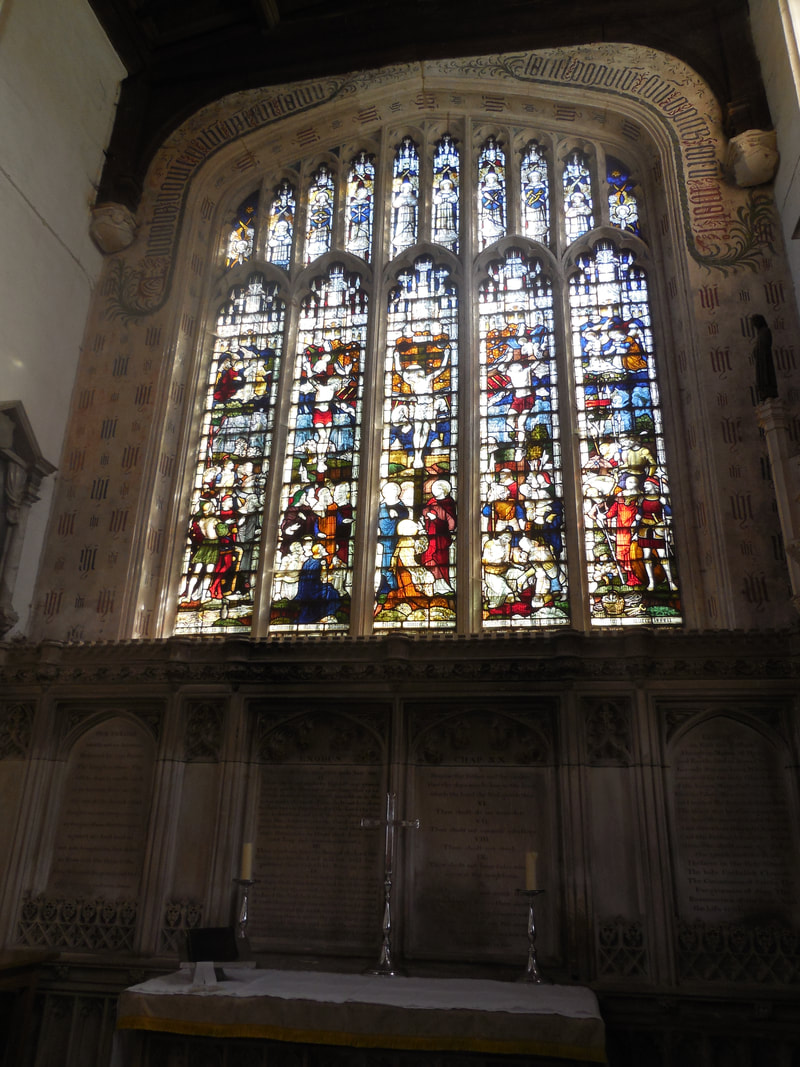 The Church of Saint Mary the Virgin has foundations dating back to the early 15th century but Christian celebrations were held here long before that. Thomas Chaucer, son of the poet Geoffrey Chaucer, author of The Canterbury Tales, and his daughter Alice (1404-1475), wife of William de la Pole, the 1st Duke of Suffolk, are buried in the church. Alice de la Pole is buried in a cadaver tomb, also known as a memento mori tomb. The effigy atop the alabaster bier shows Alice, accompanied by an angel, as she was in life. Below is a representation of her remains. Such tombs, also called 'transi' can be seen in many English churches and cathedrals. Outside the church, in a more familiar kind of cemetery, are many graves, including that of Jerome K Jerome (1859-1927), author of Three Men in a Boat, a humorous story of a holiday boating on the Thames. Below, photos of the Almshouses built by the Duke and Duchess of Suffolk in the 15th century. A charming village on a brilliant spring day with good friends...what could be better? 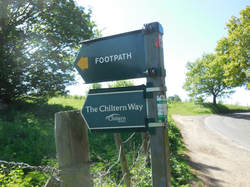 Kristine and I had to return to our work in the archives, but Beth had more adventures in mind for us soon.
Our introduction to the famous Henley-on-Thames, Oxfordshire, was the famous Henley Bridge so often seen in the annual Royal Regatta races, an important part of the London Season. At our visit in May, we were a little early for the races July 4-8 this year, but they were already preparing. Okay, I have to admit, we were pretending to be at the regatta, drinking Pimm's at the Angel on a warm sunny day. Guess why I loved this vessel. The swan, looking for a handout. Church of St. Mary has a 16th Century tower. The Red Lion...do you ever wonder how many of these exist in Britain. Or the White Horse Inn.... Today we were content with luncheon and swans, but perhaps someday we'll be there to watch the competition.
|
Victoria Hinshaw, Author
Archives
July 2024
Categories |

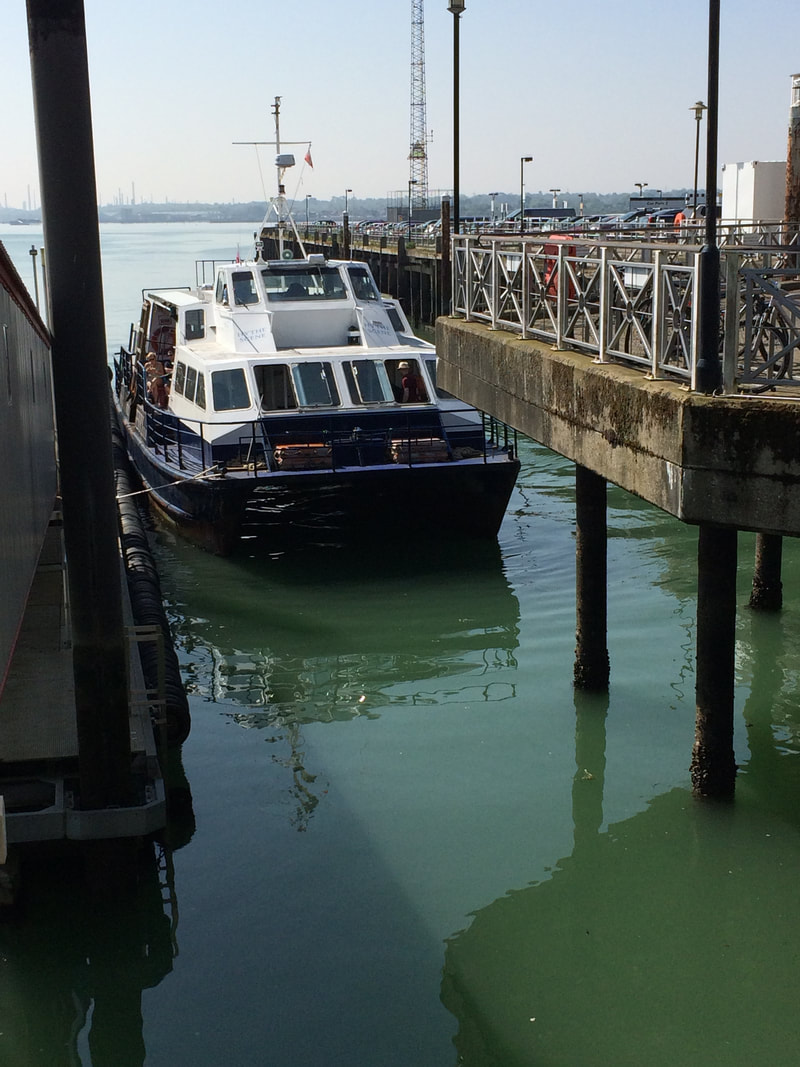
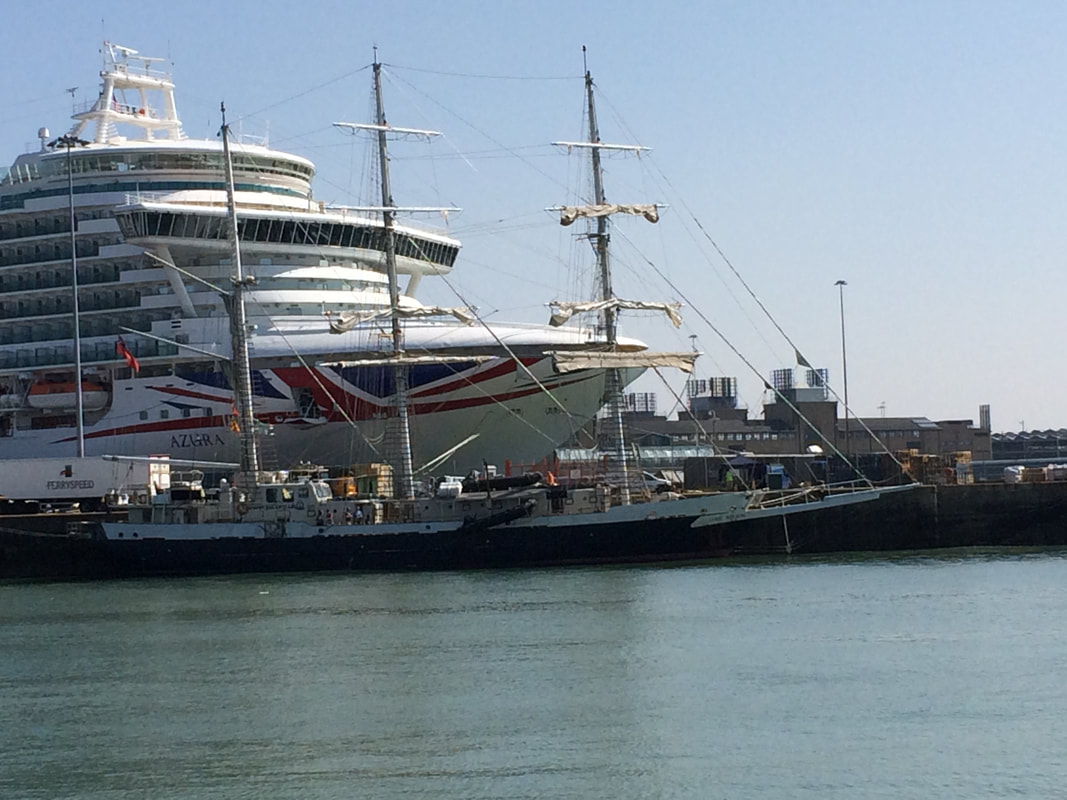
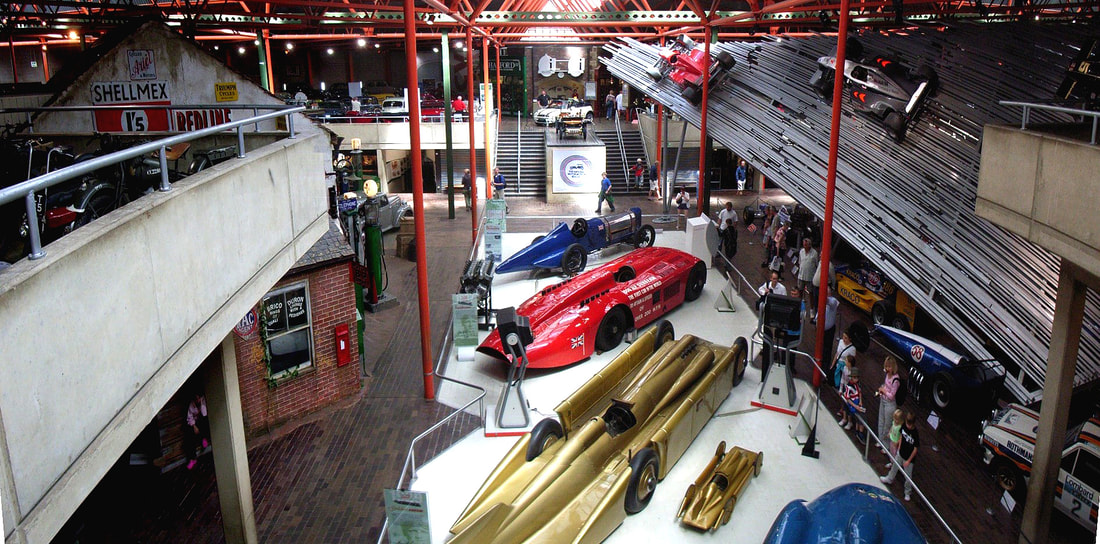
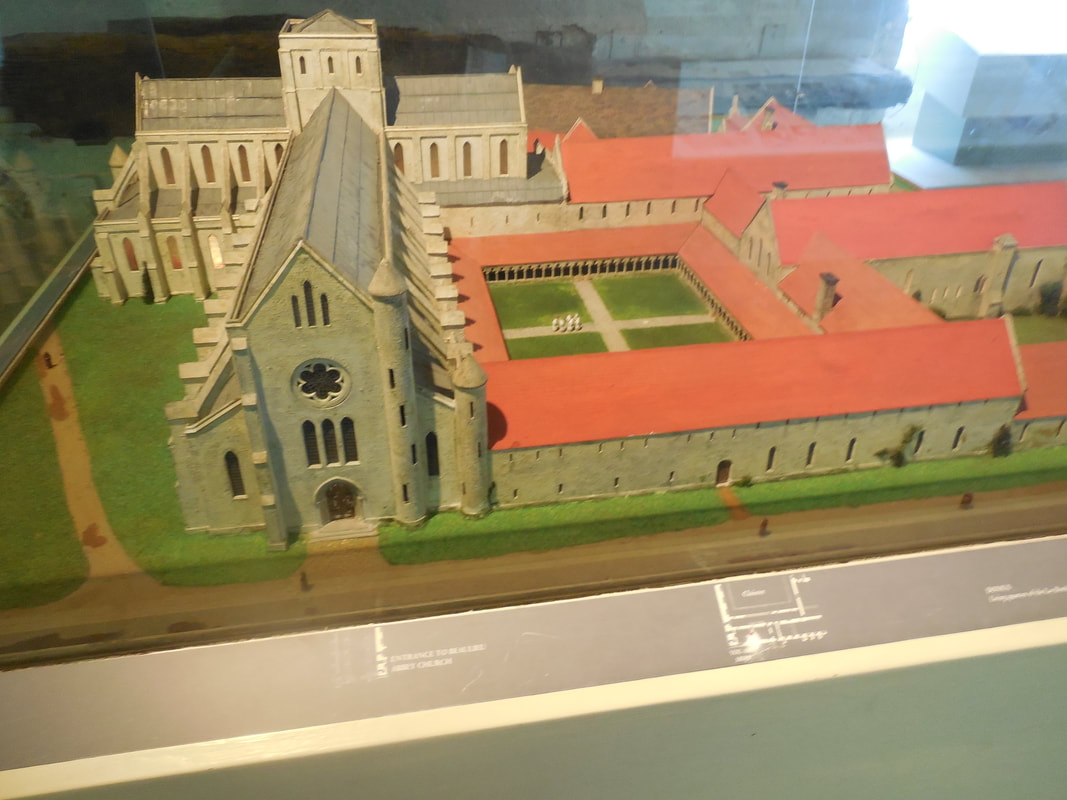
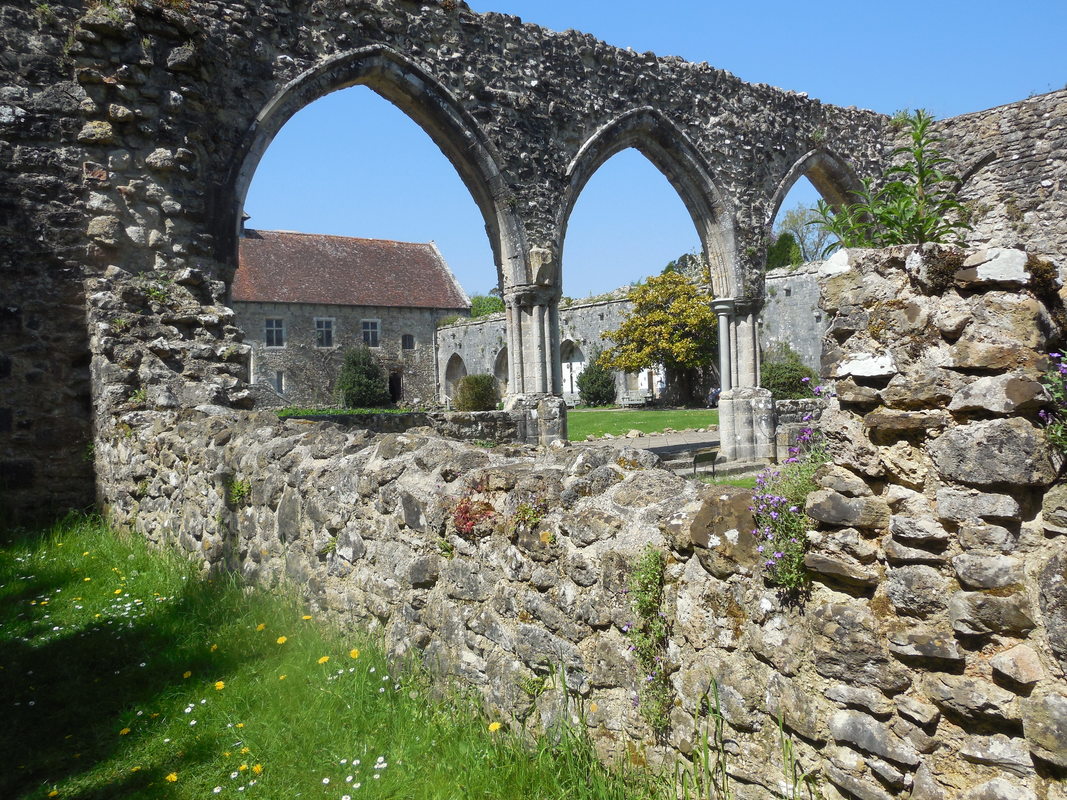
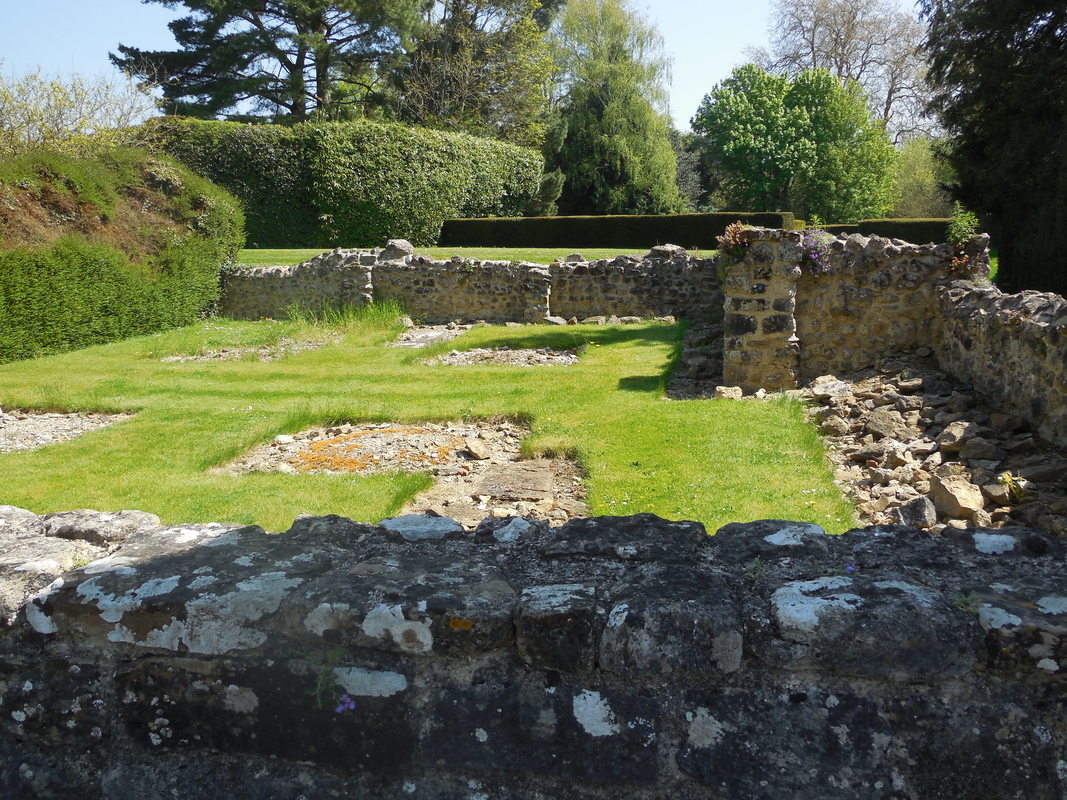
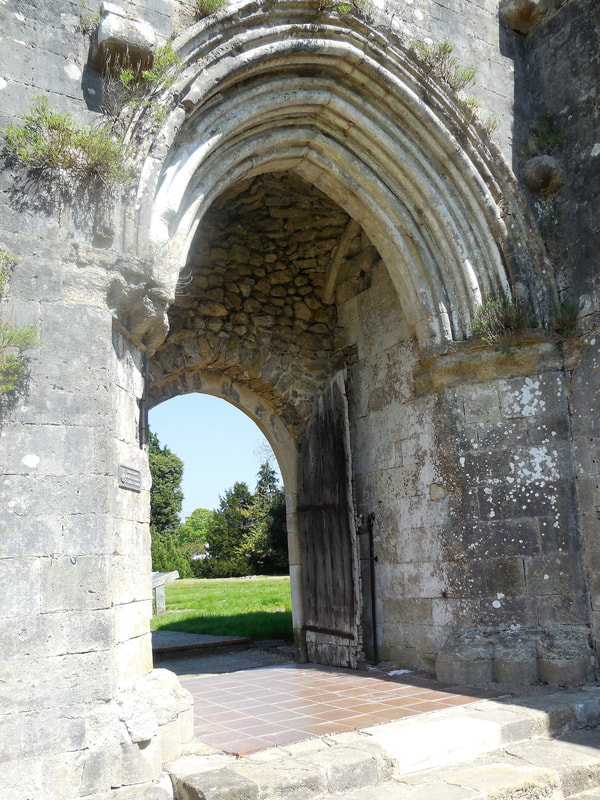
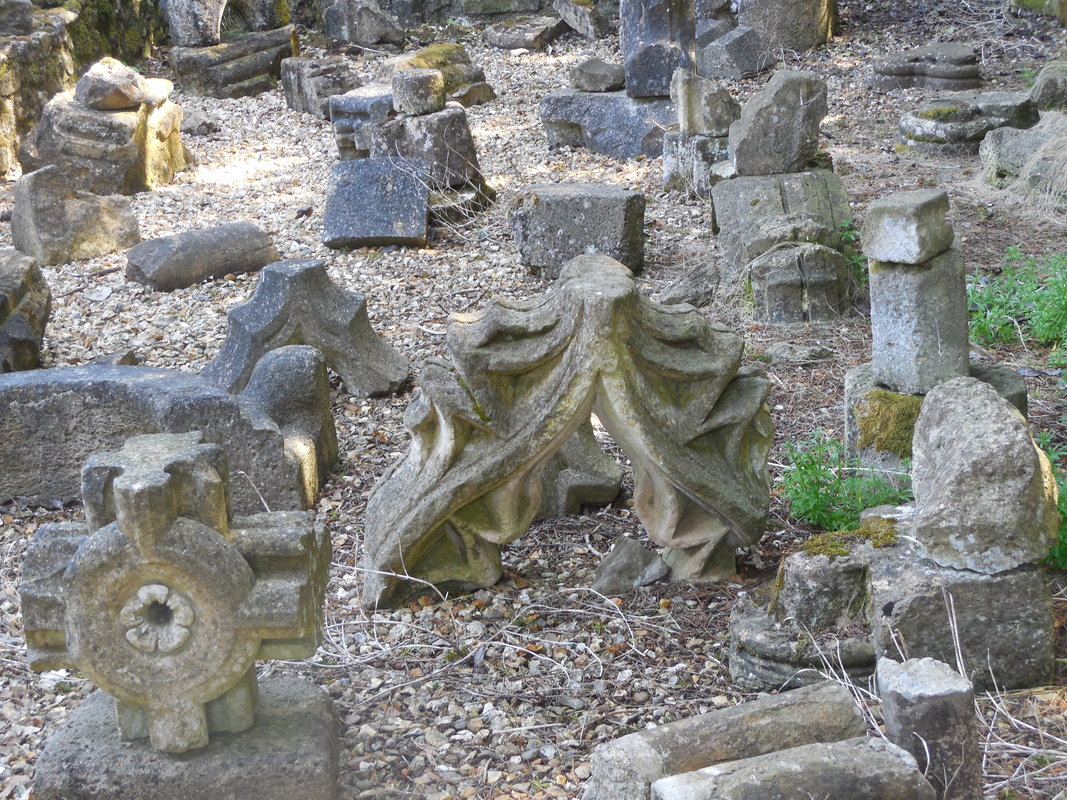
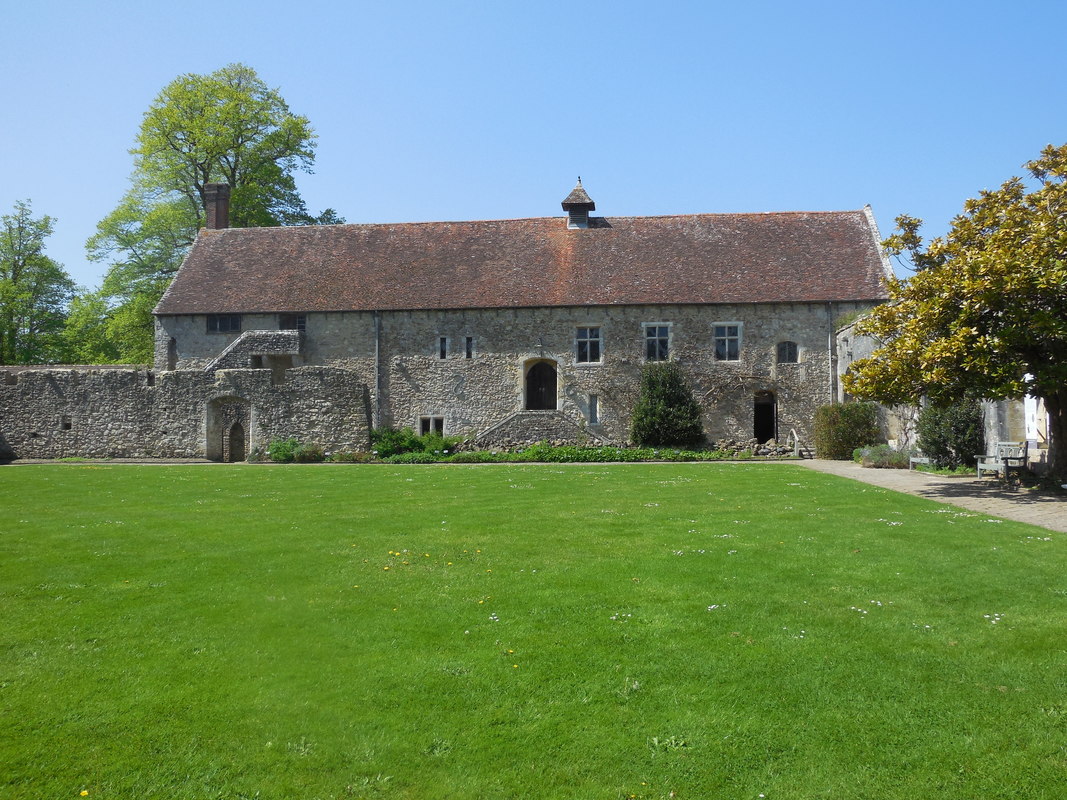
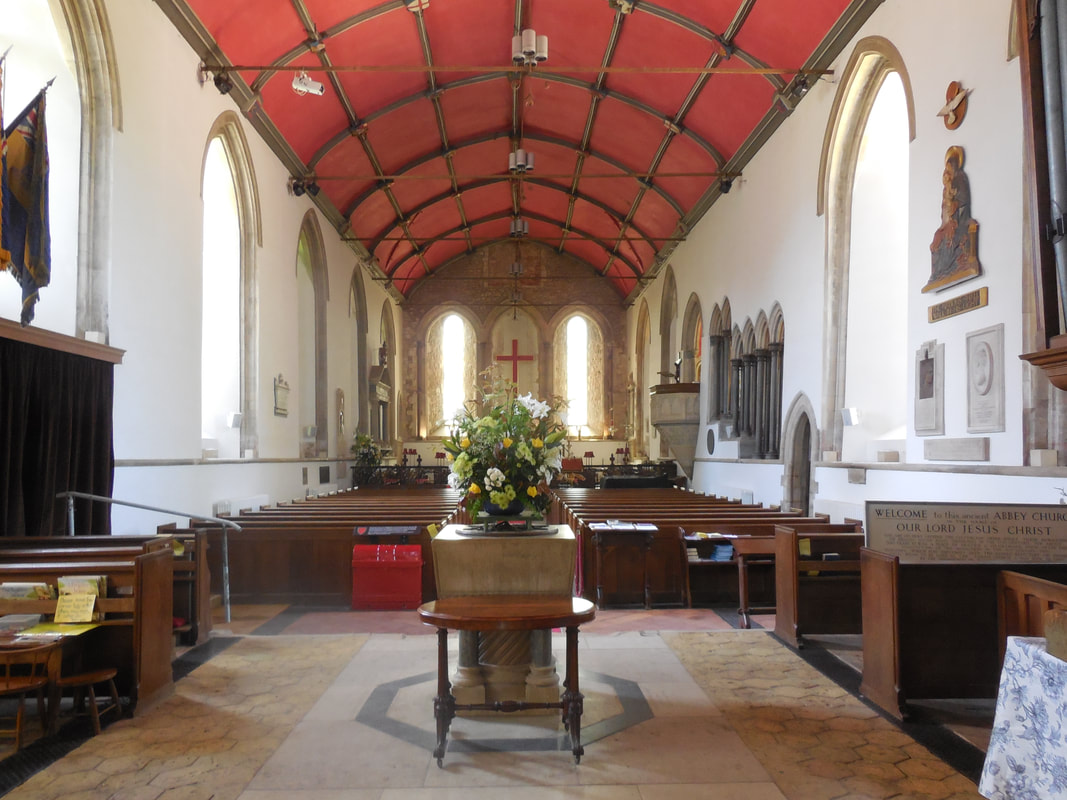
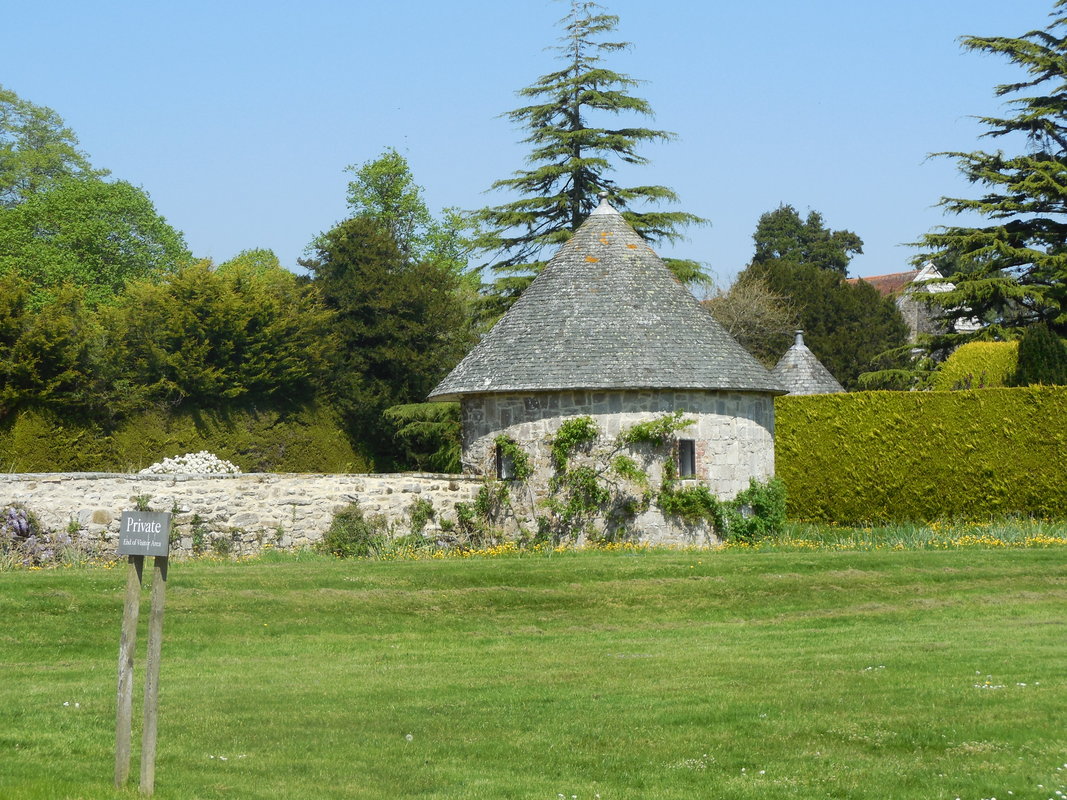
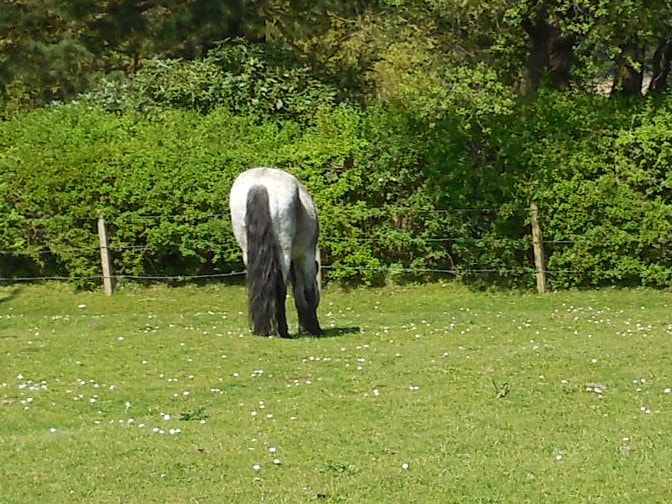
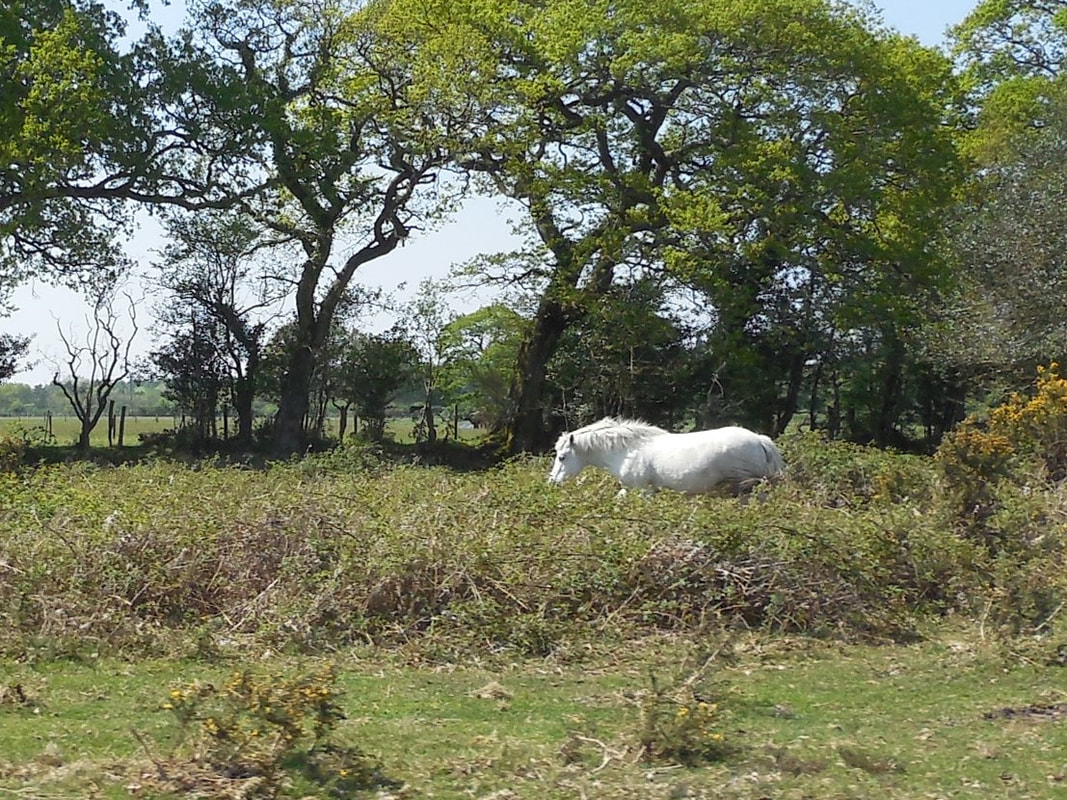
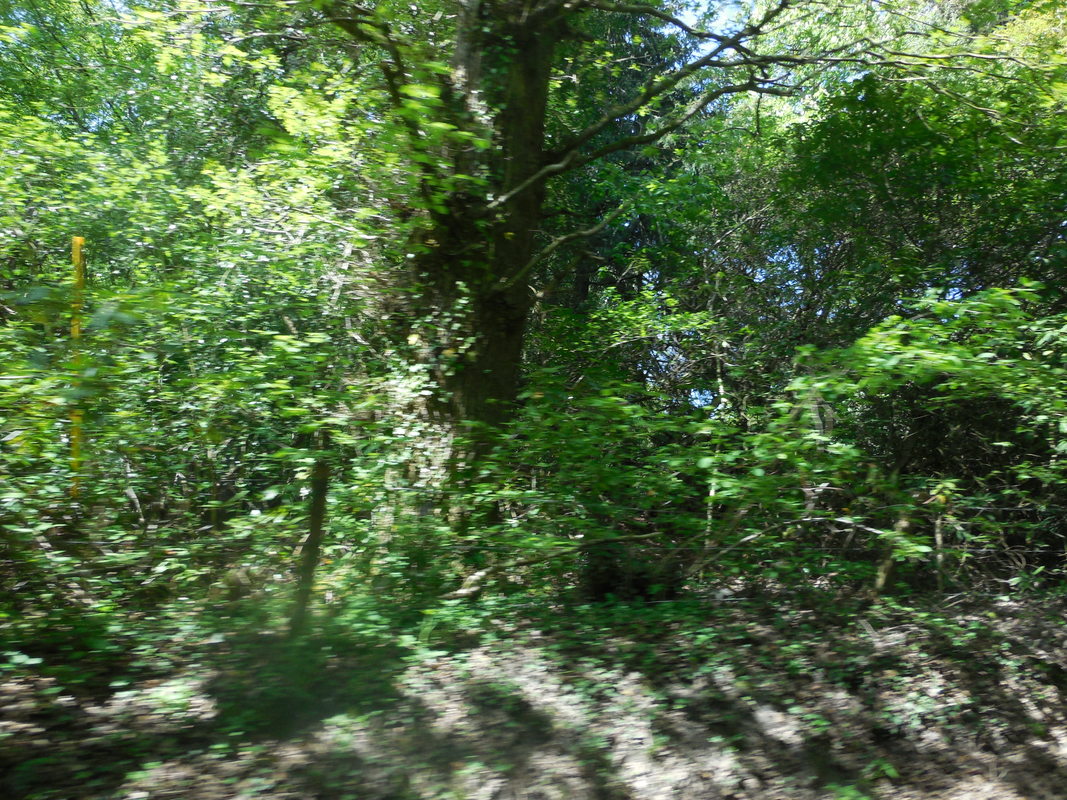
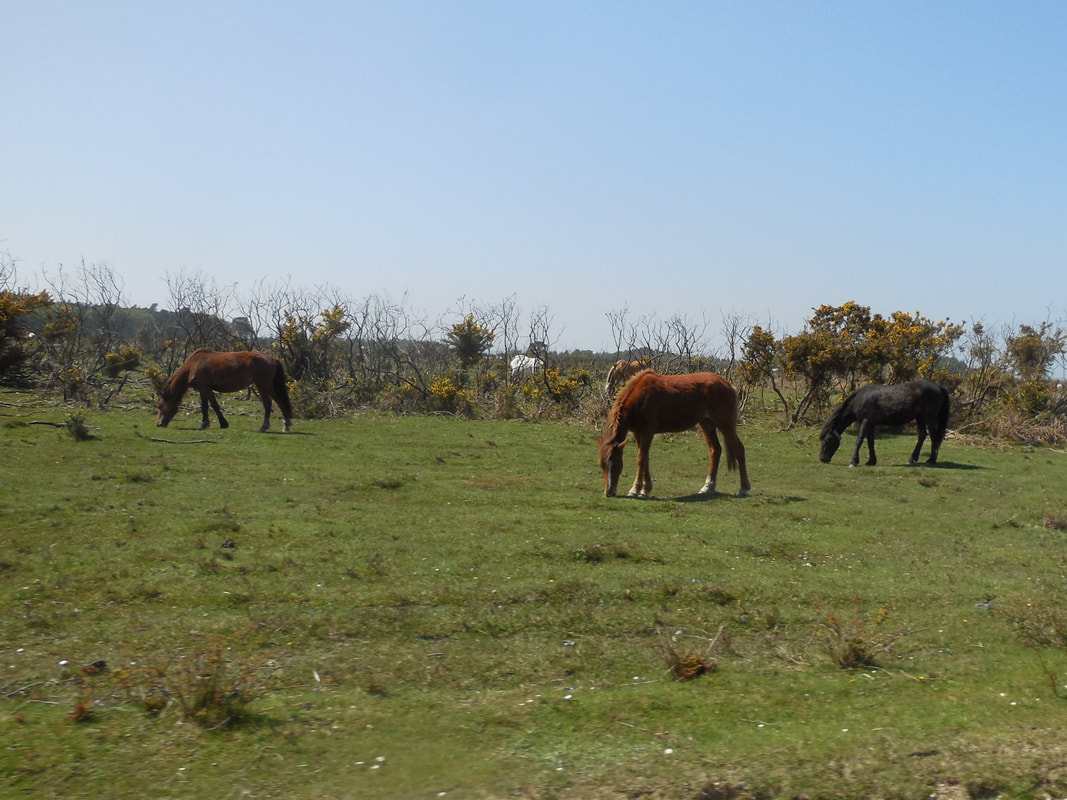
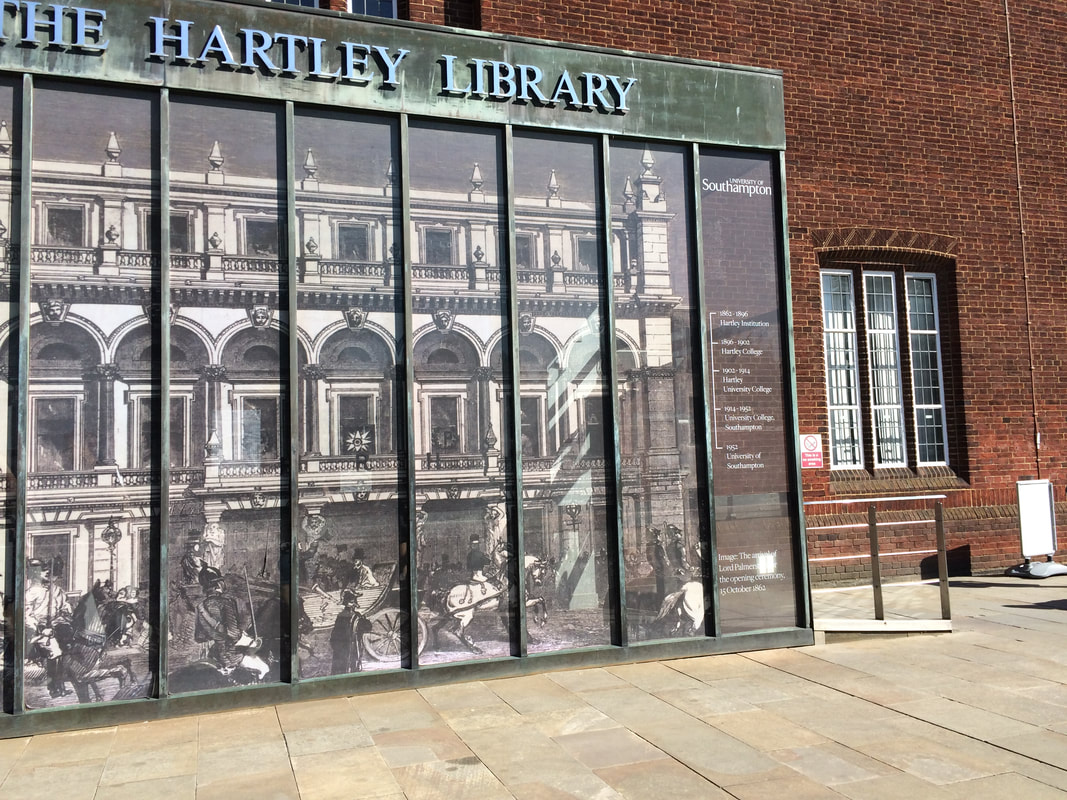
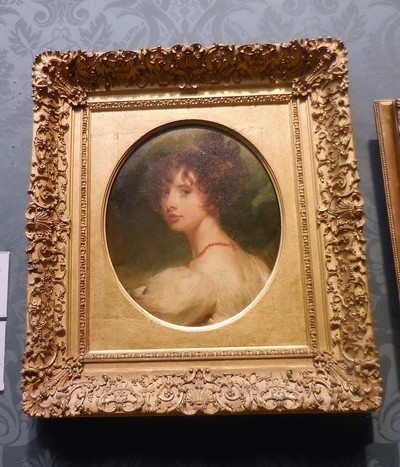
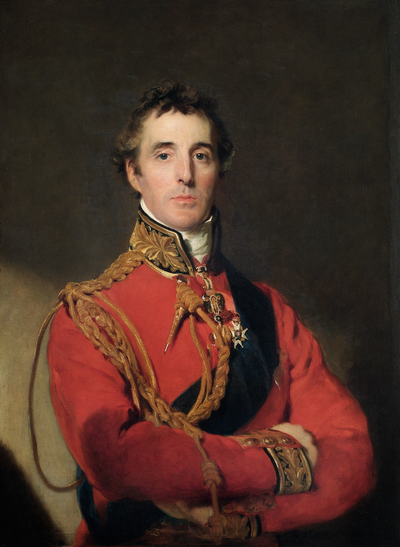
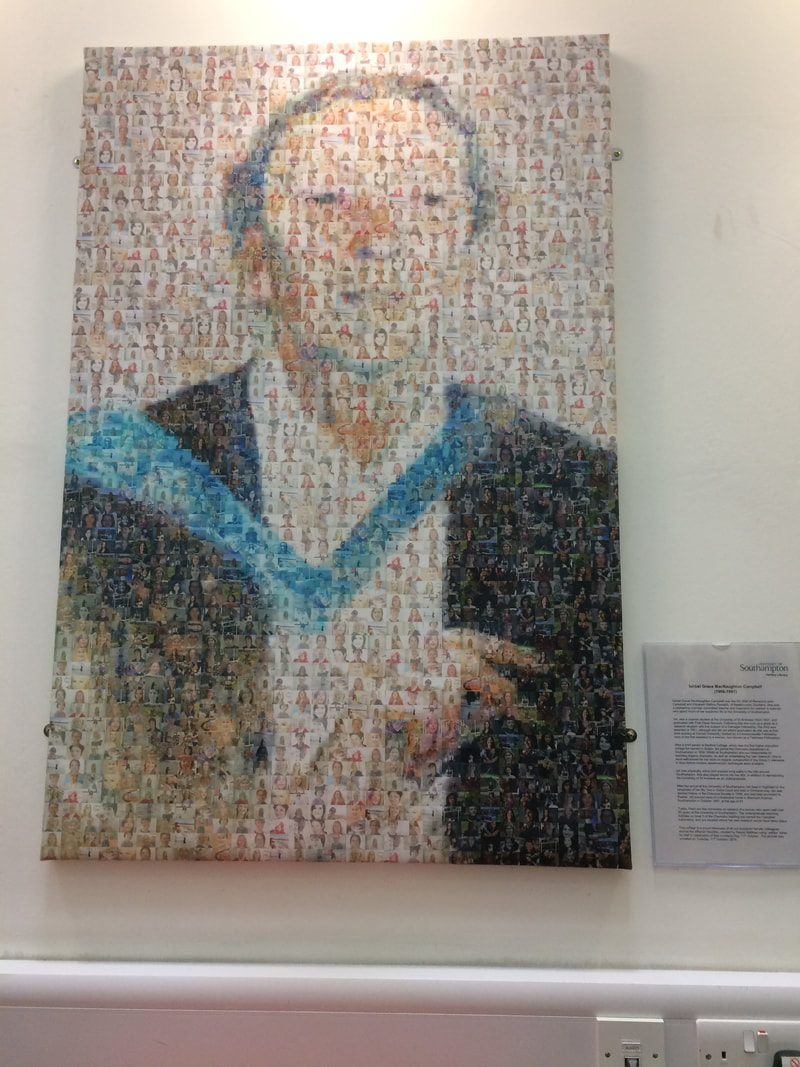

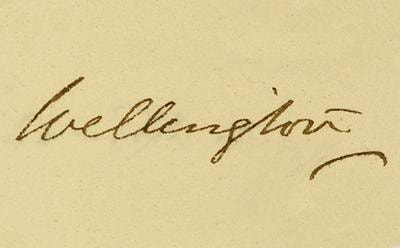
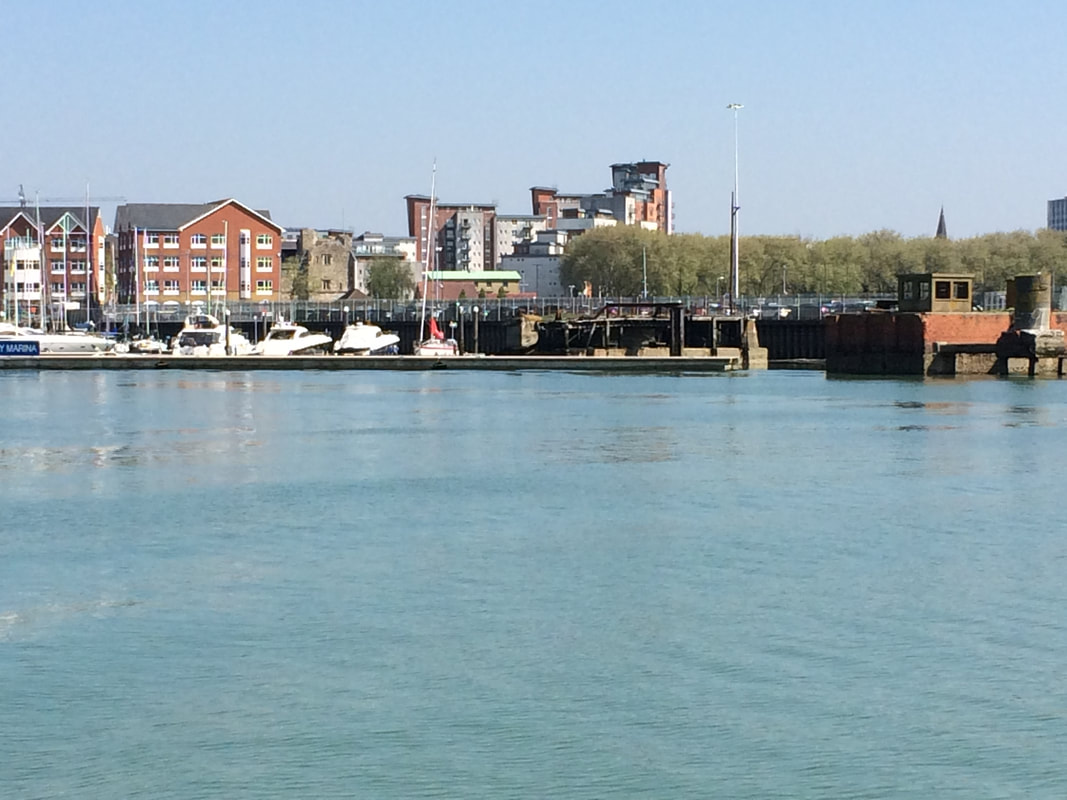
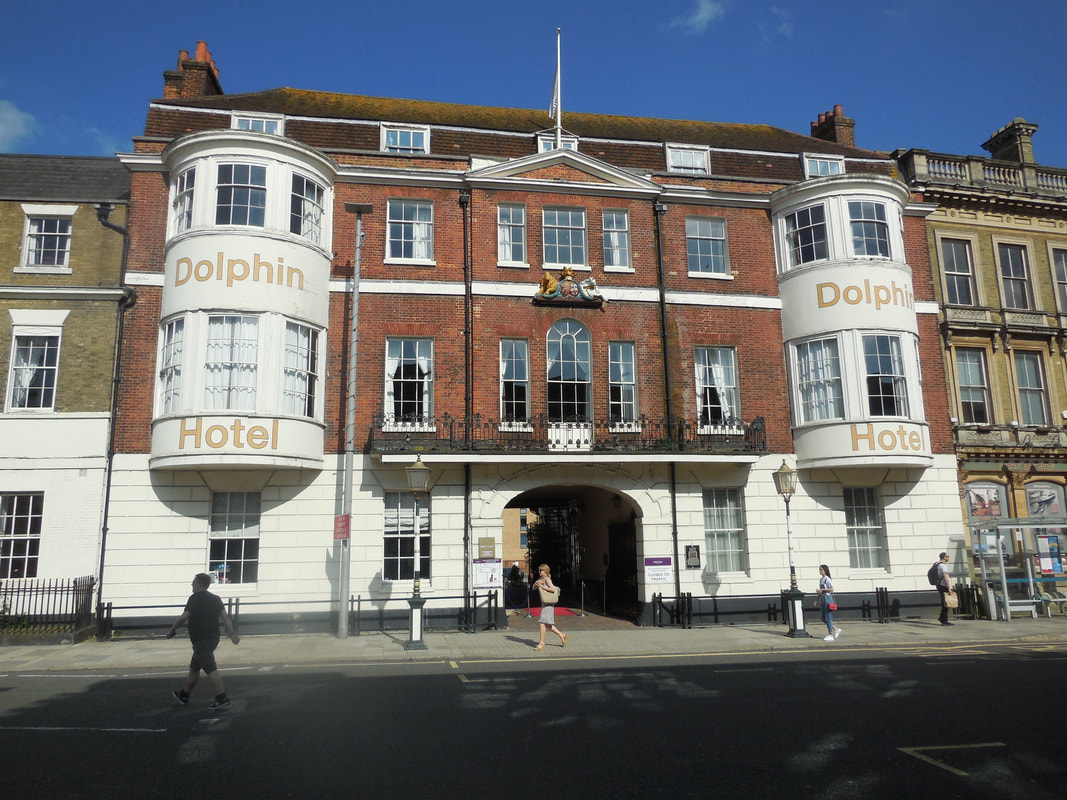
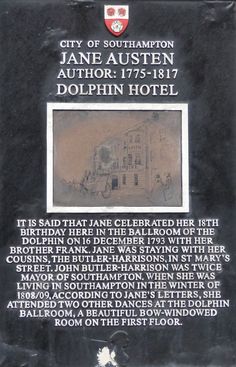
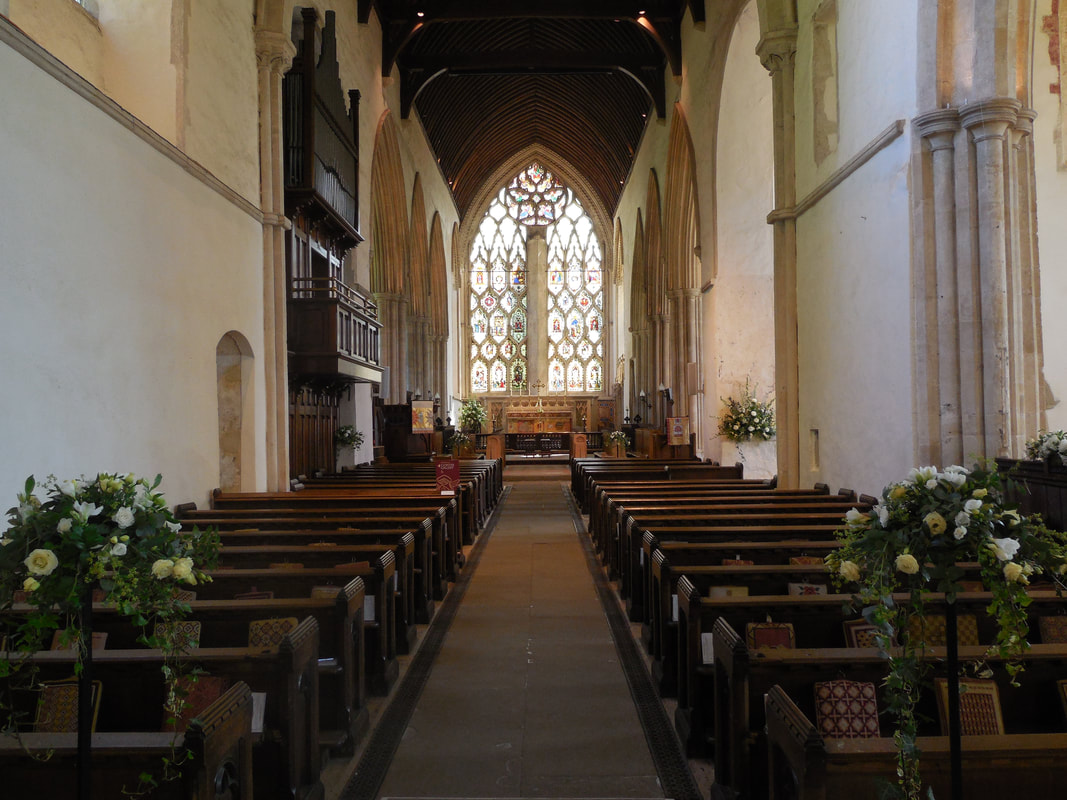
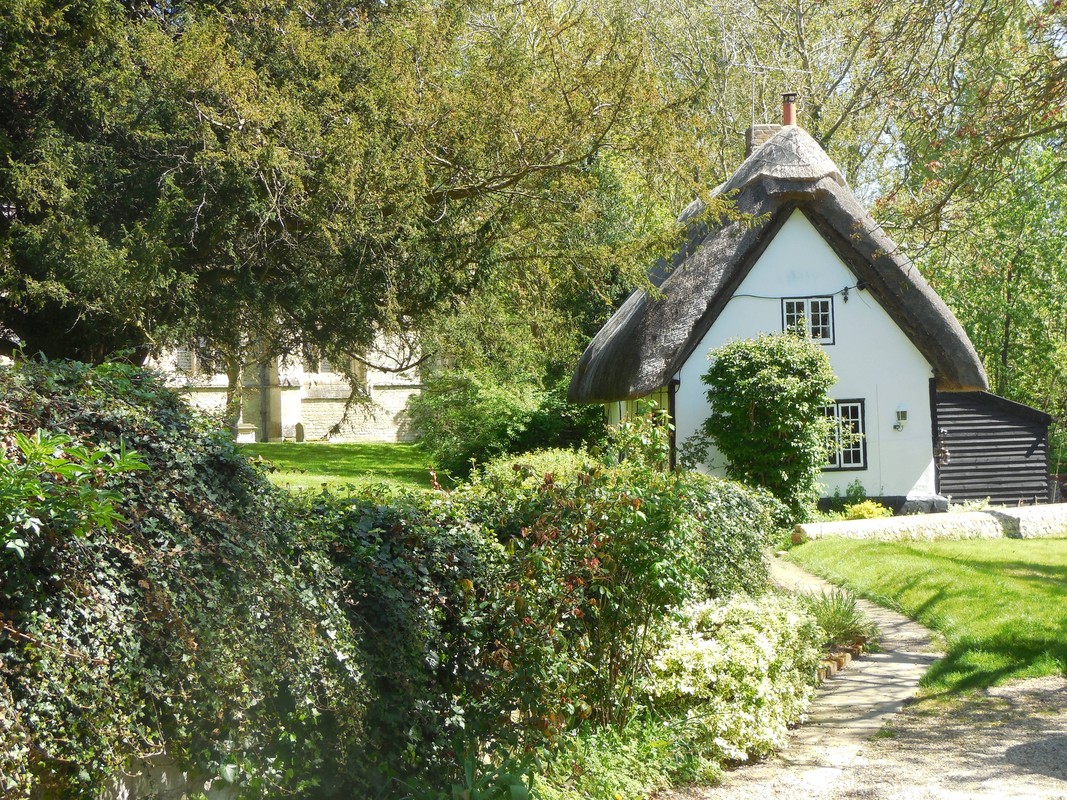
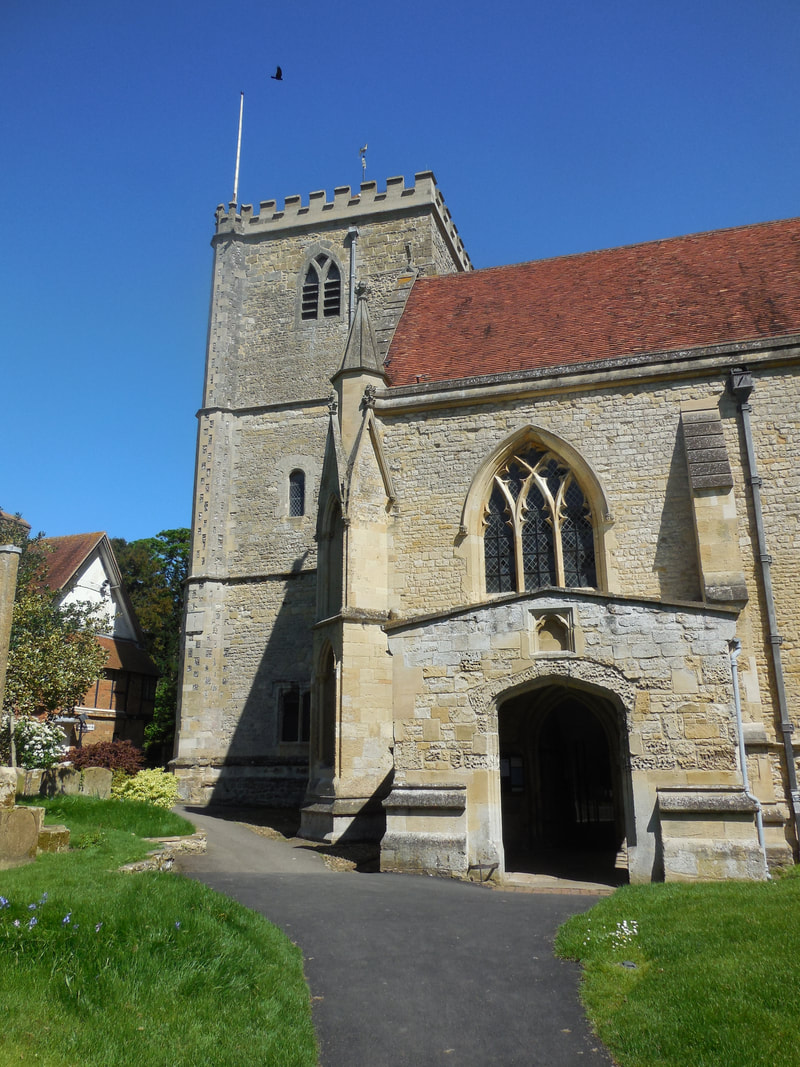
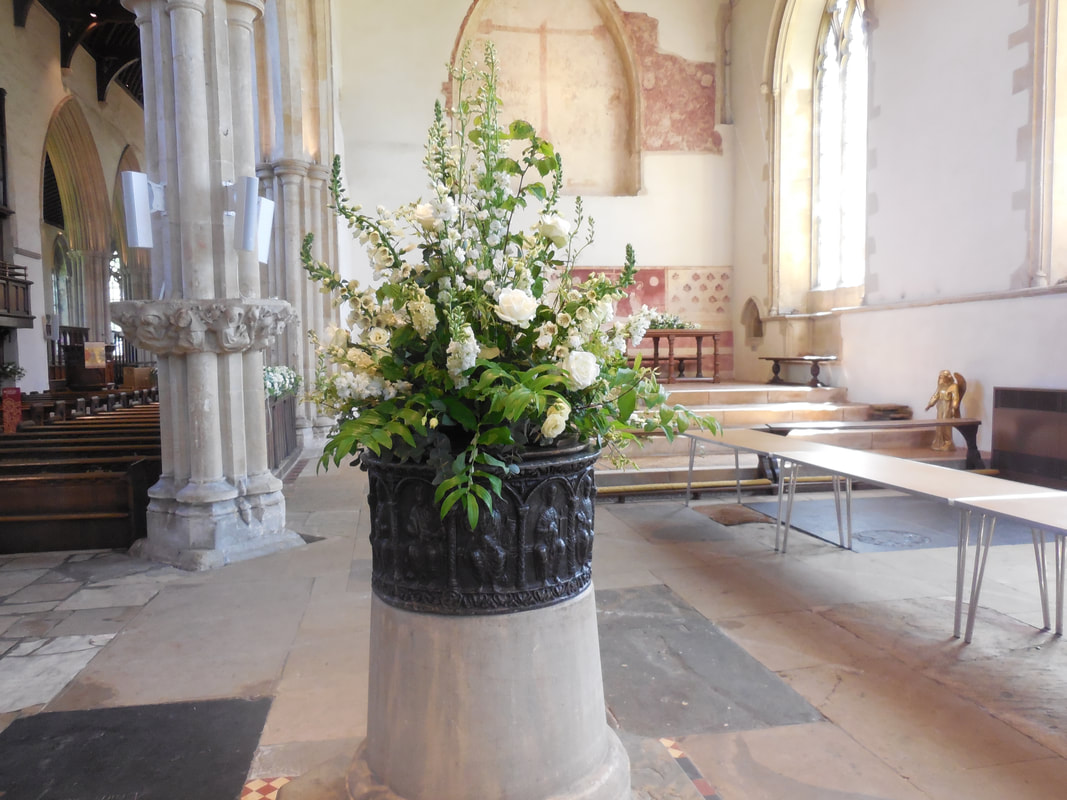
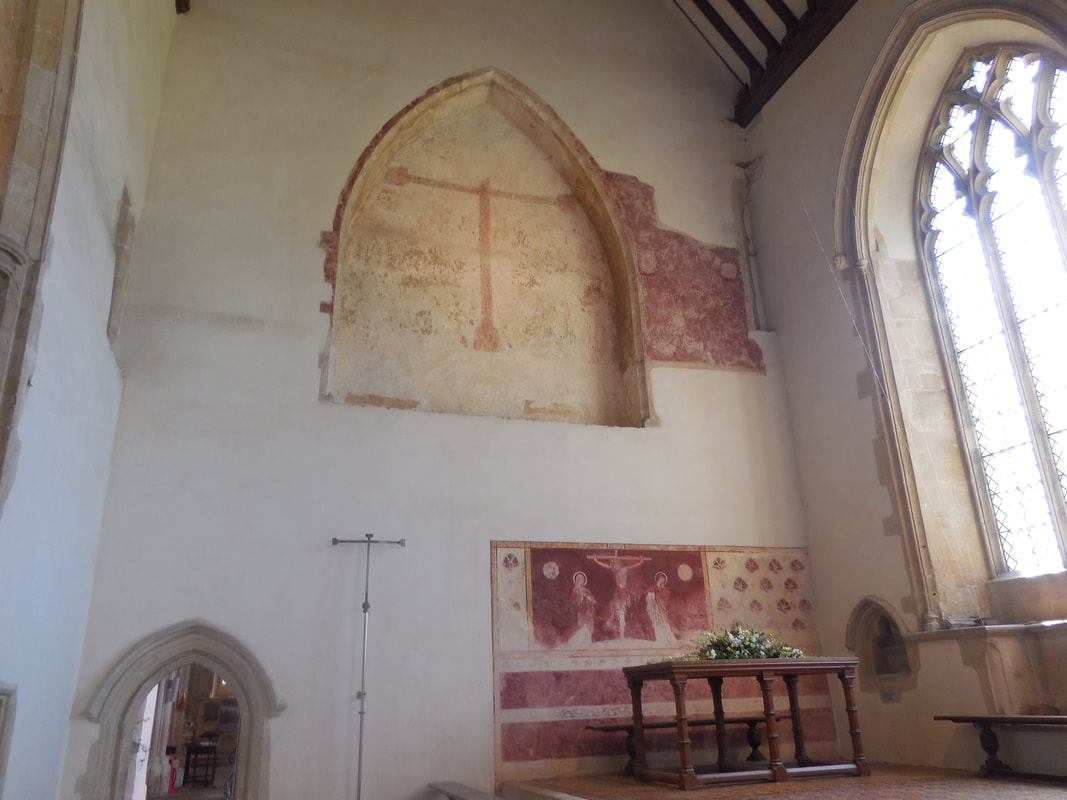
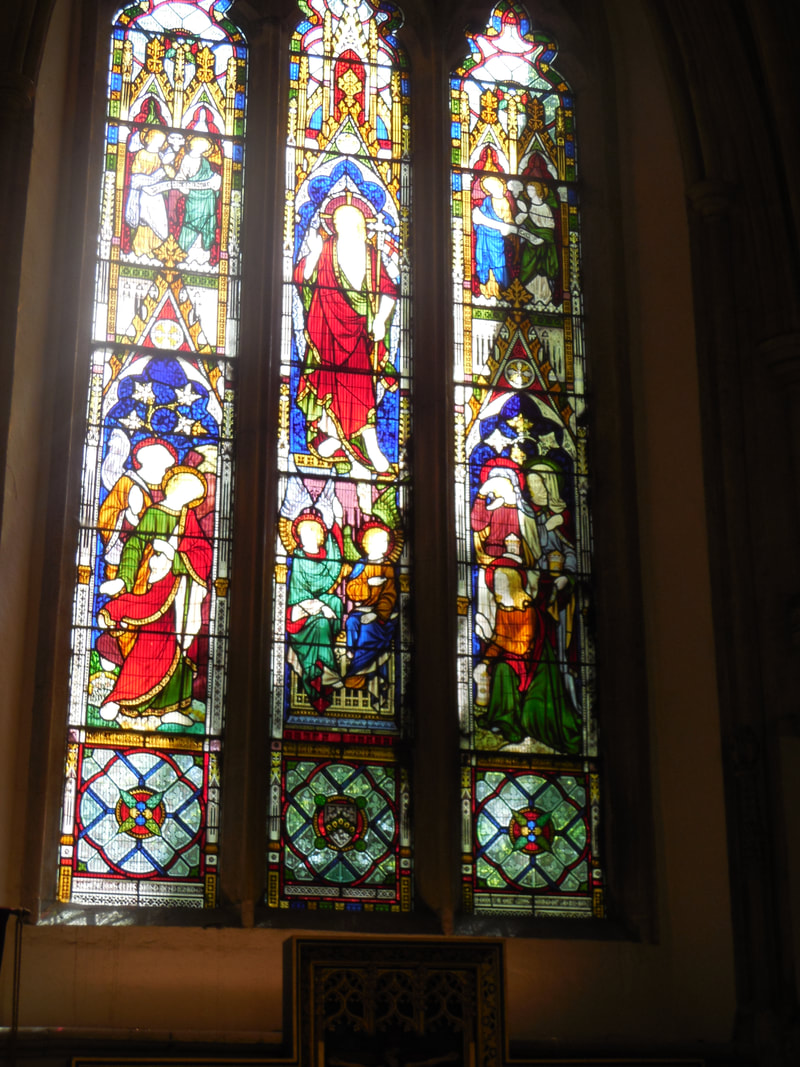
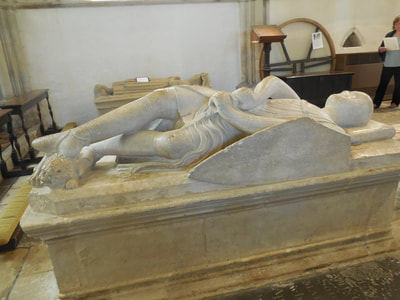
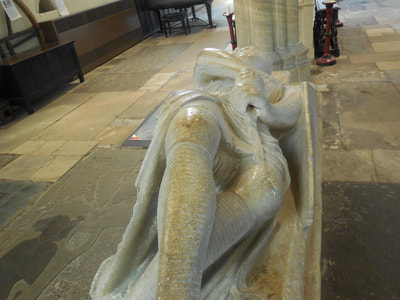
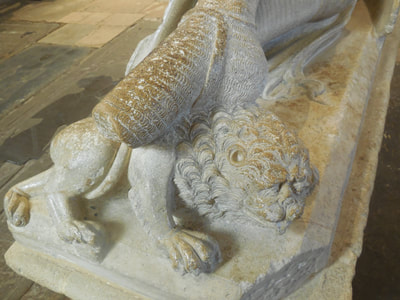
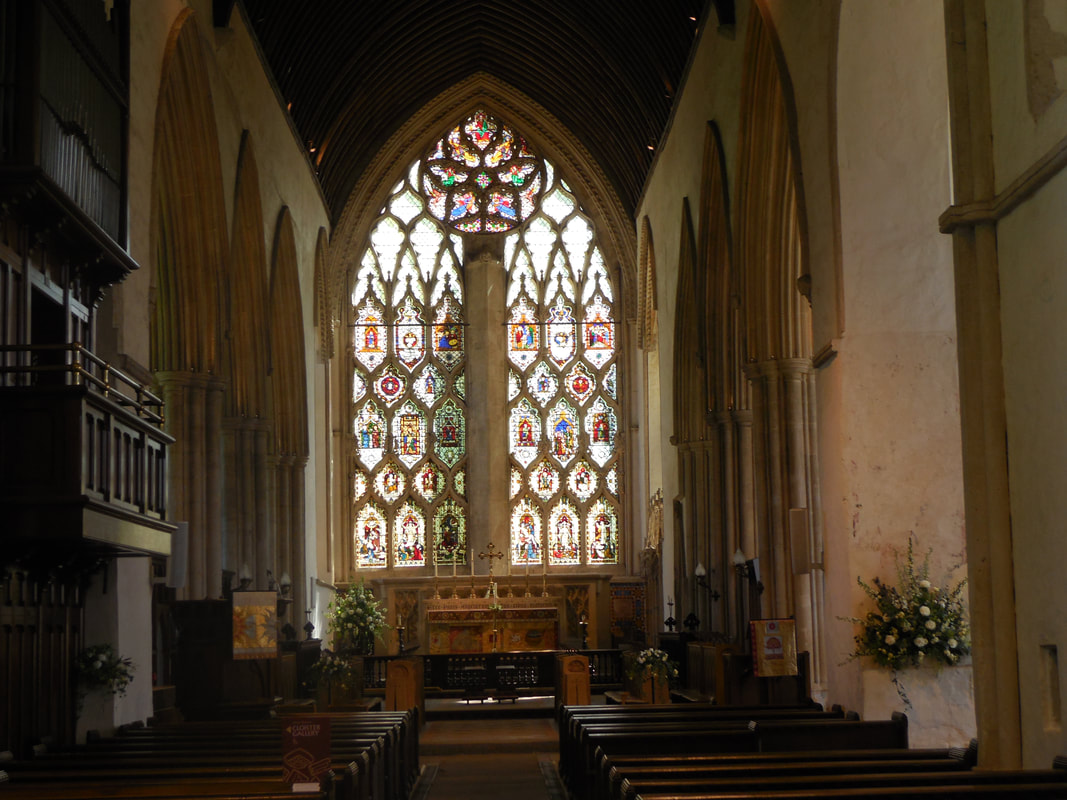
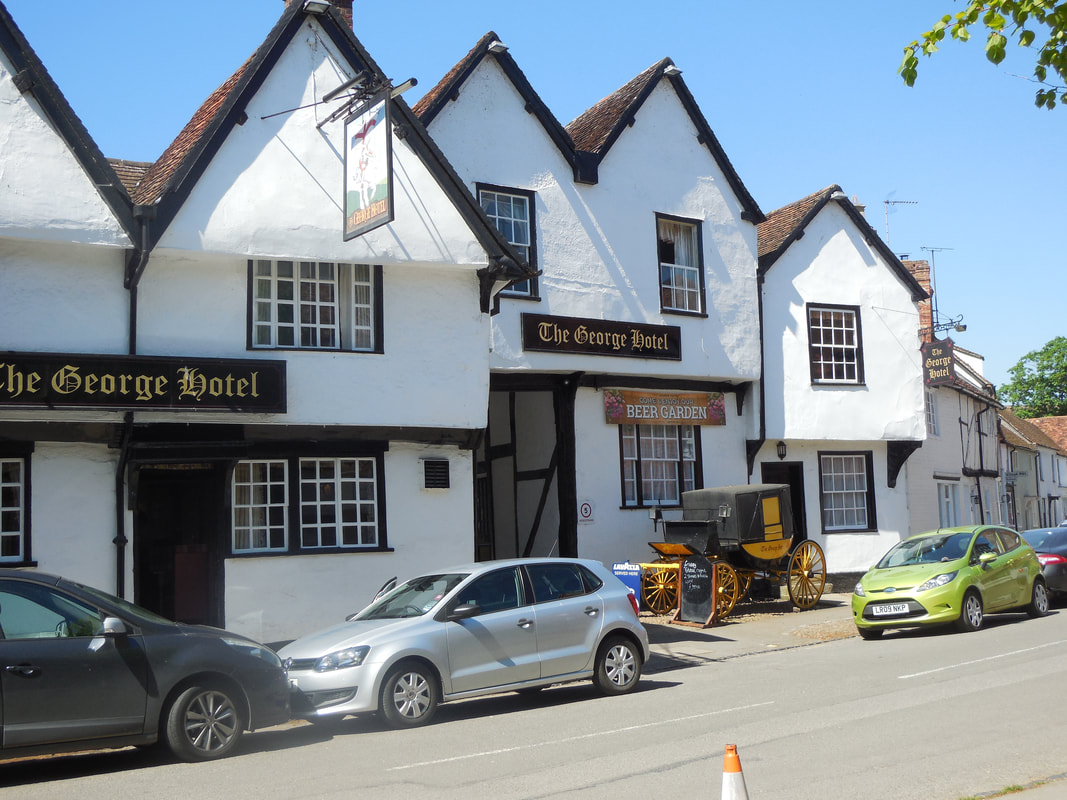

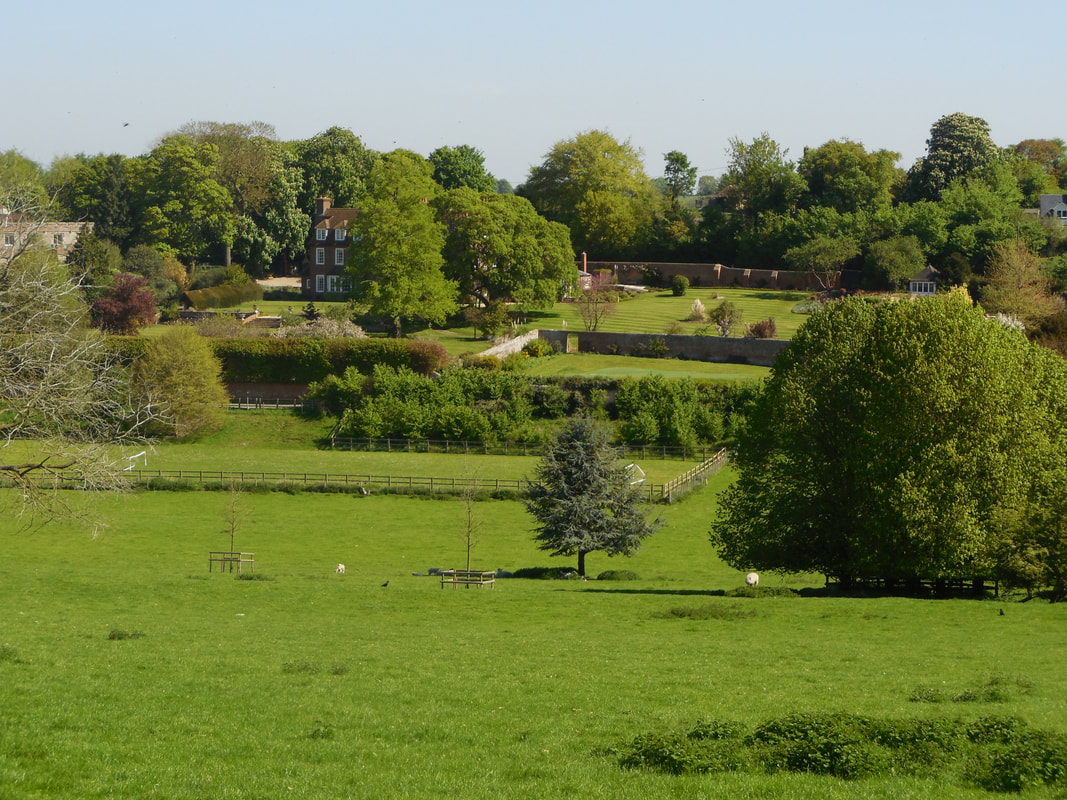
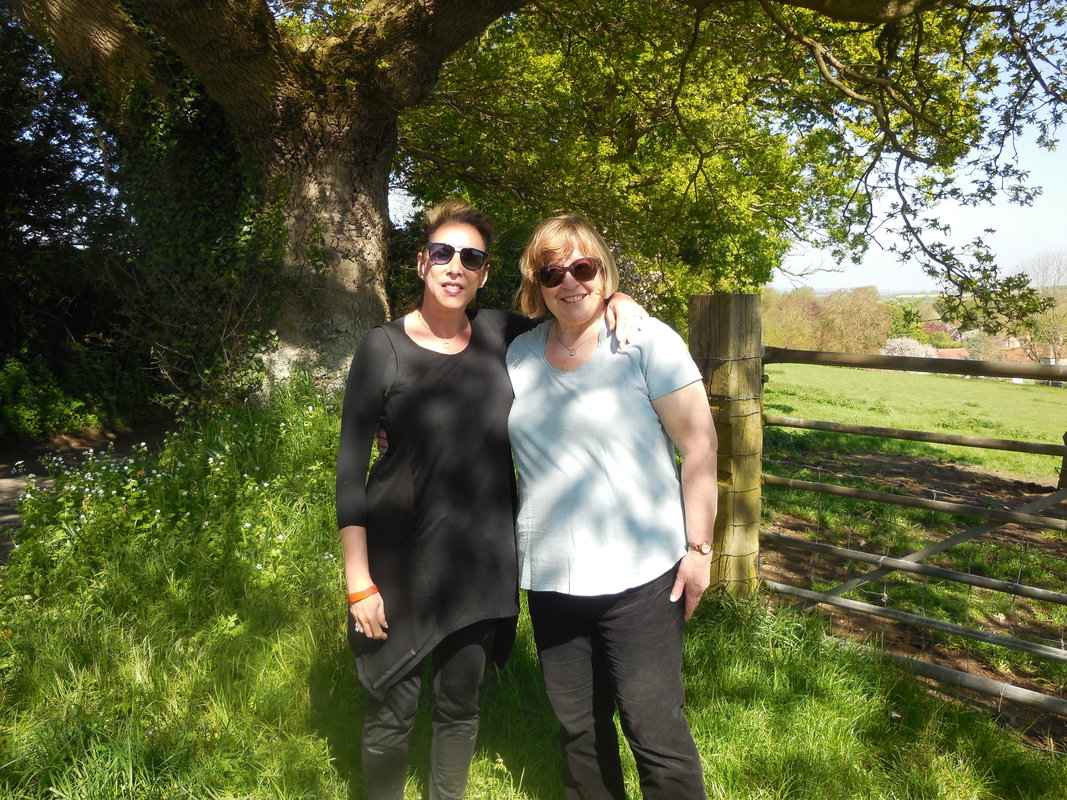
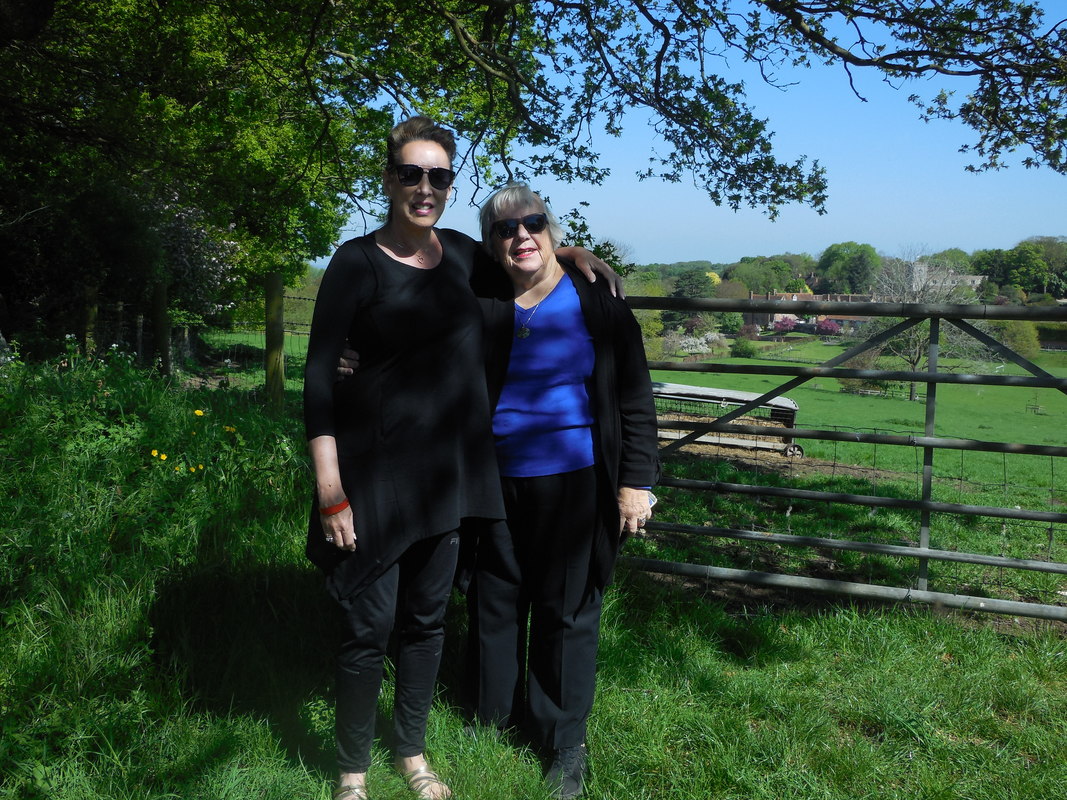
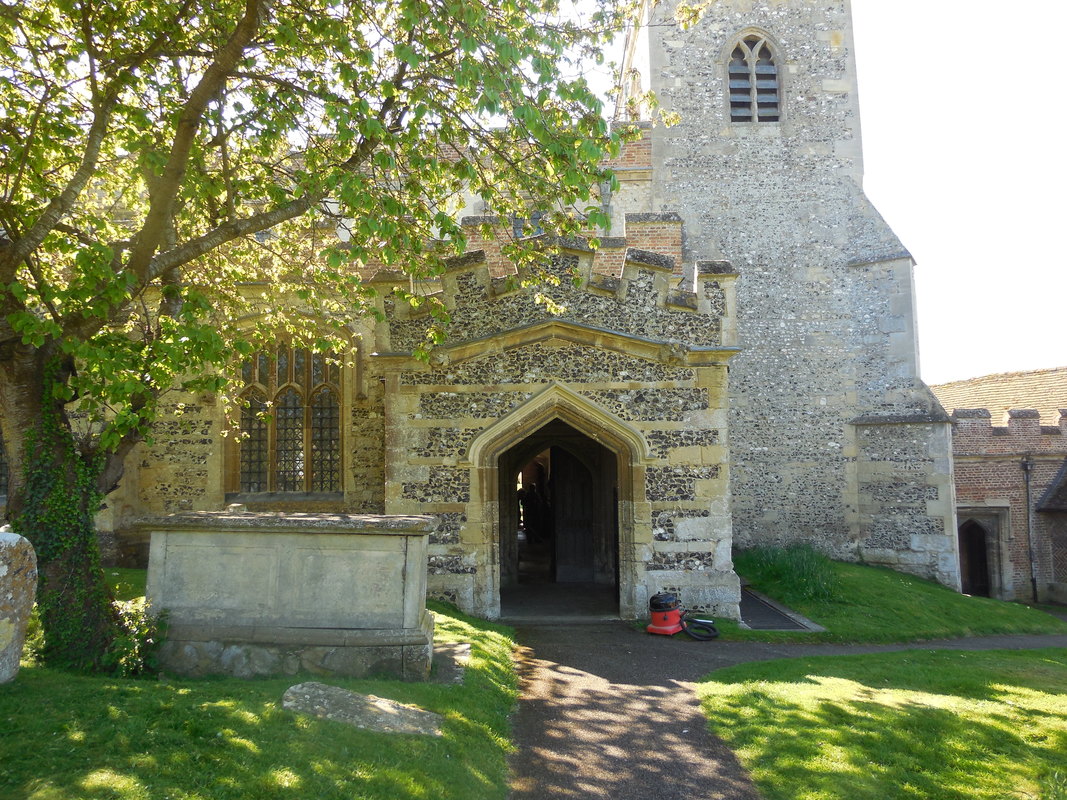
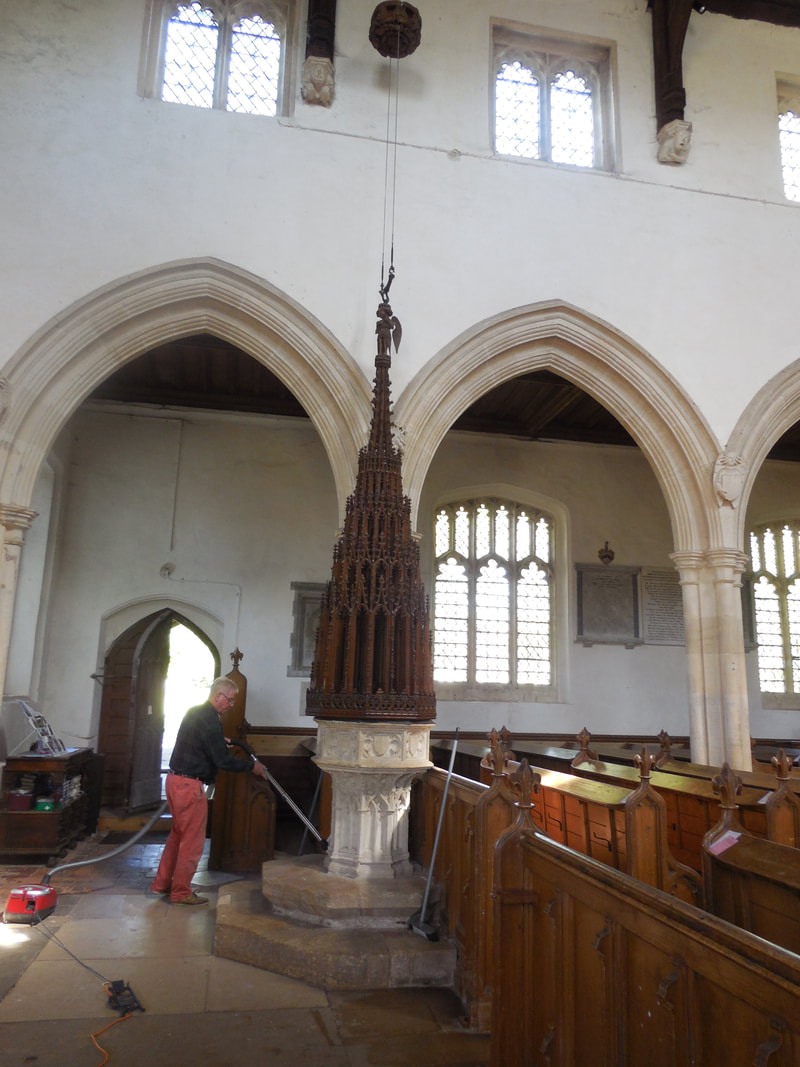
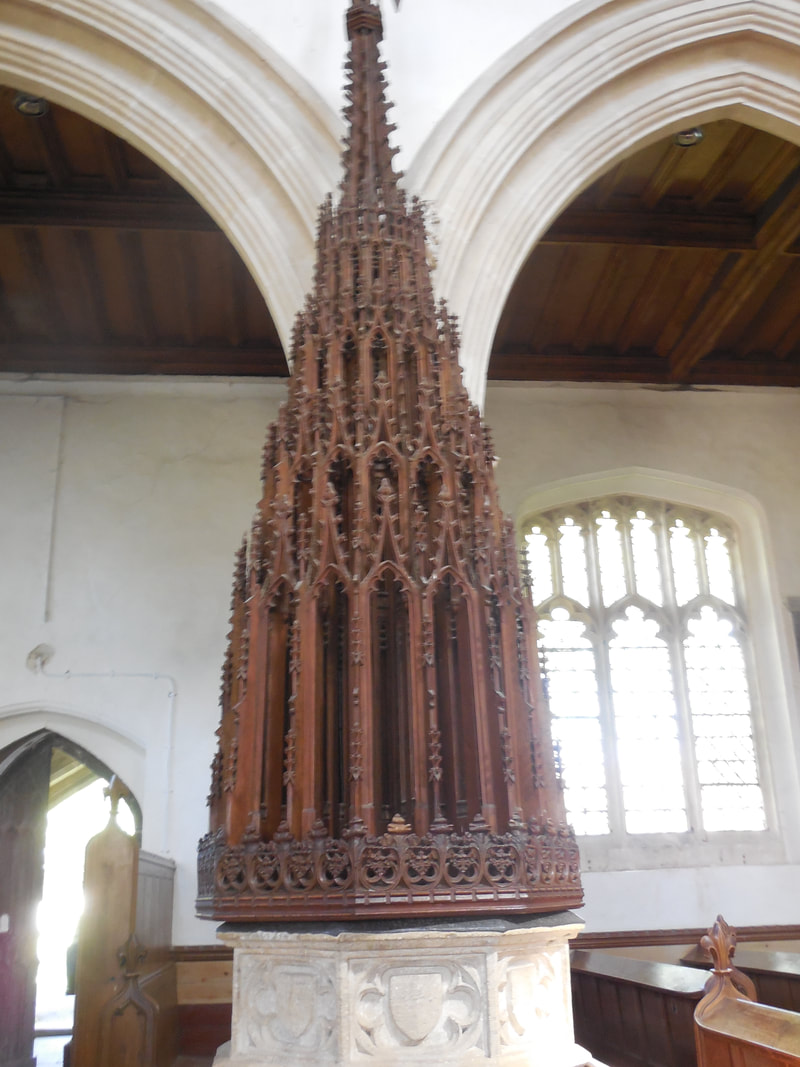
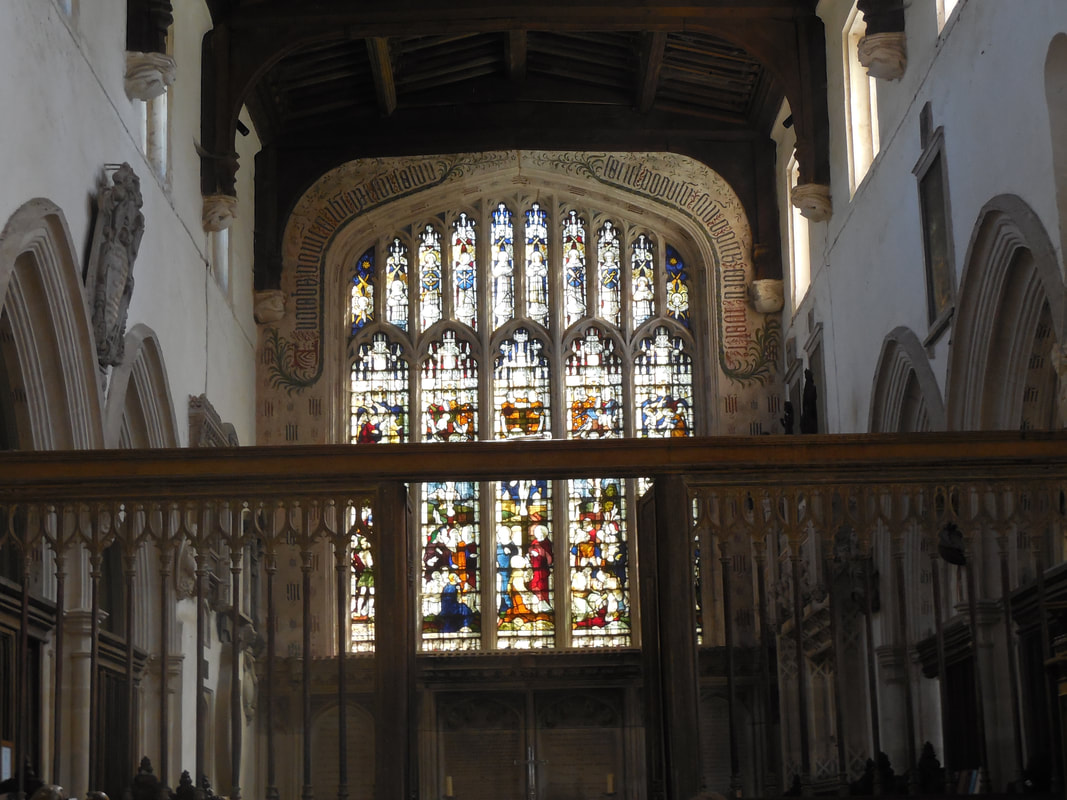
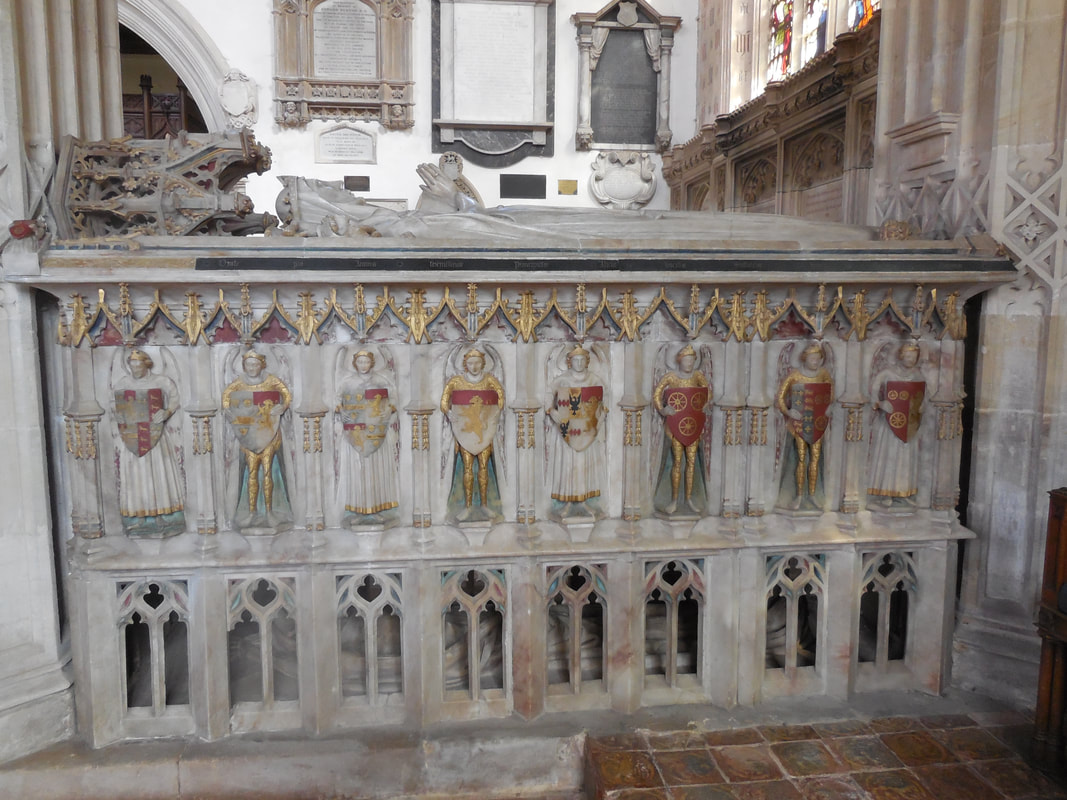
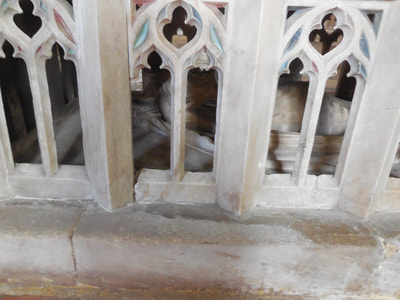
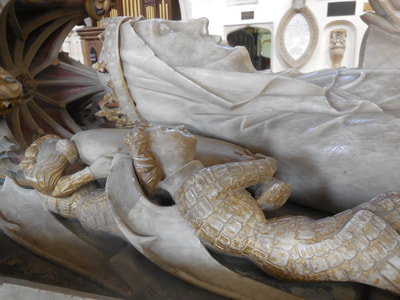
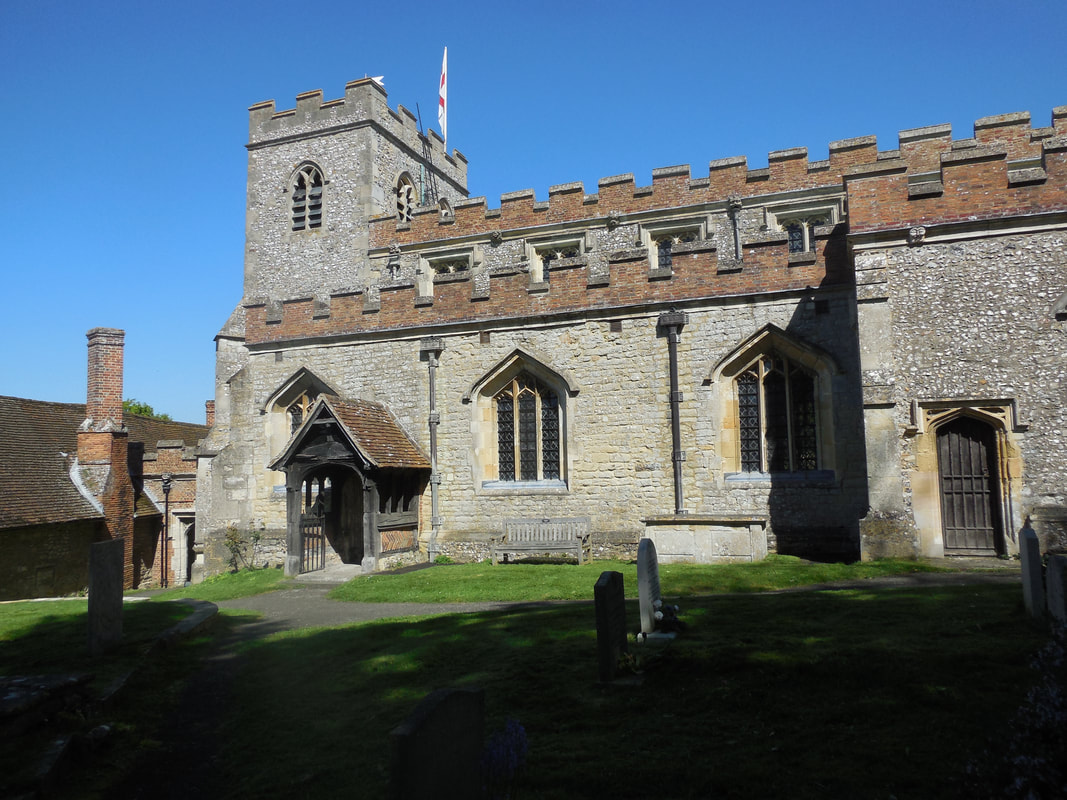
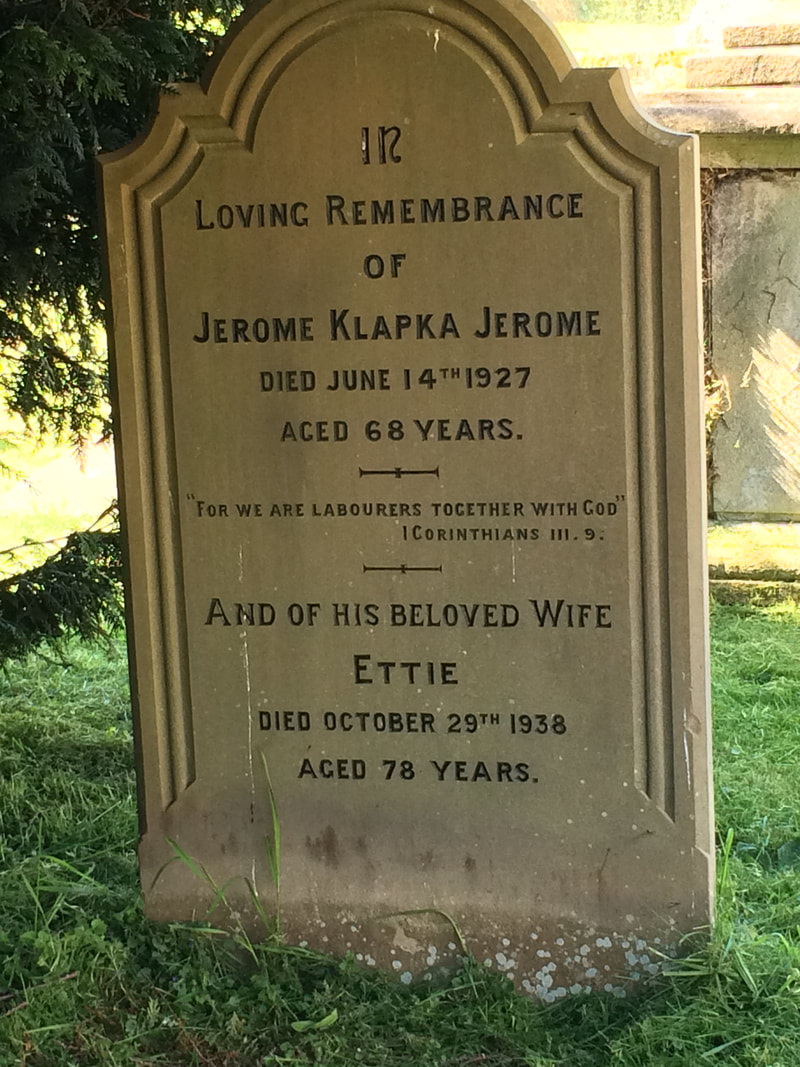
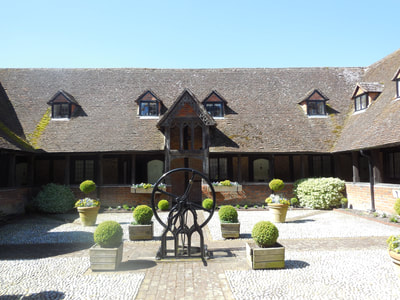
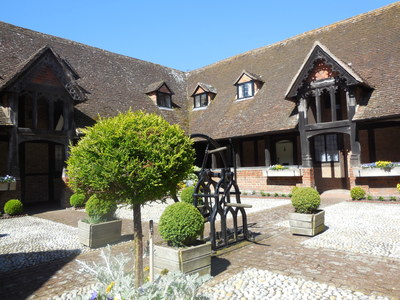
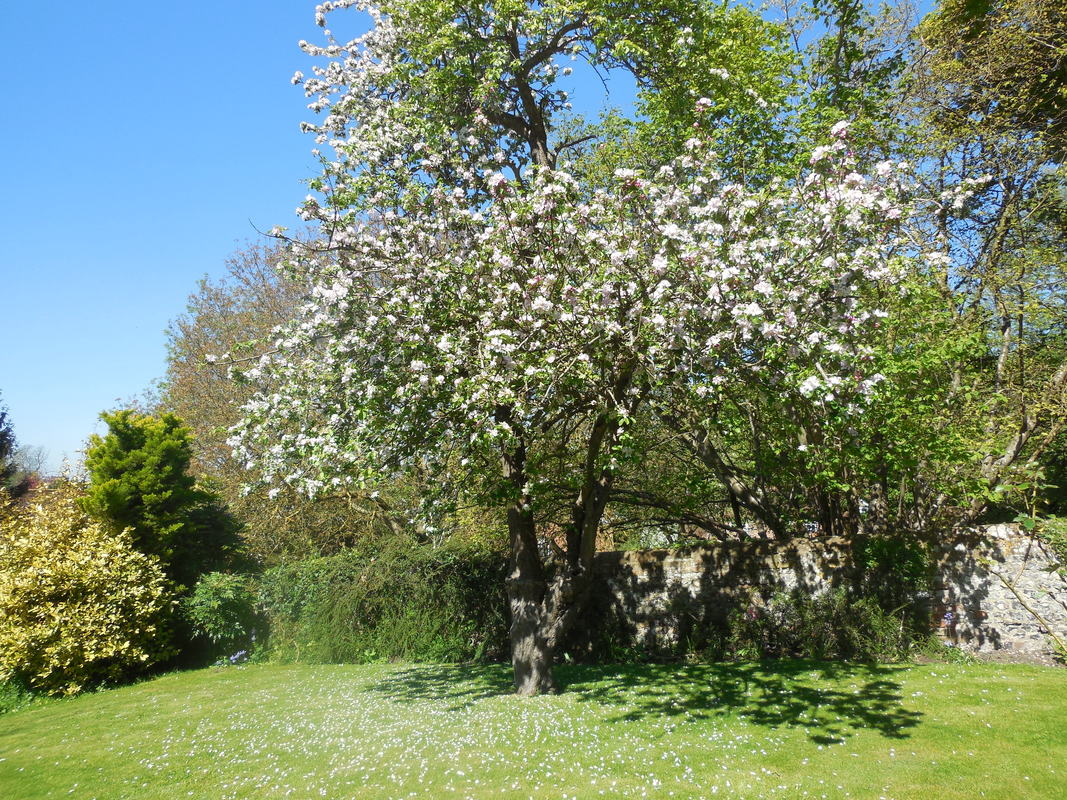
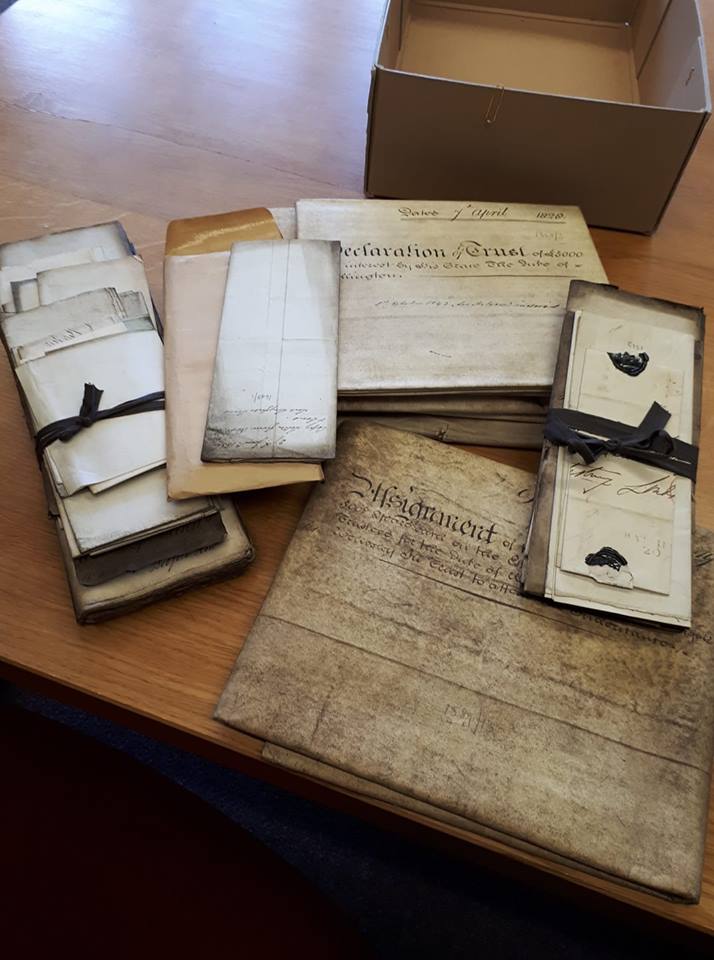
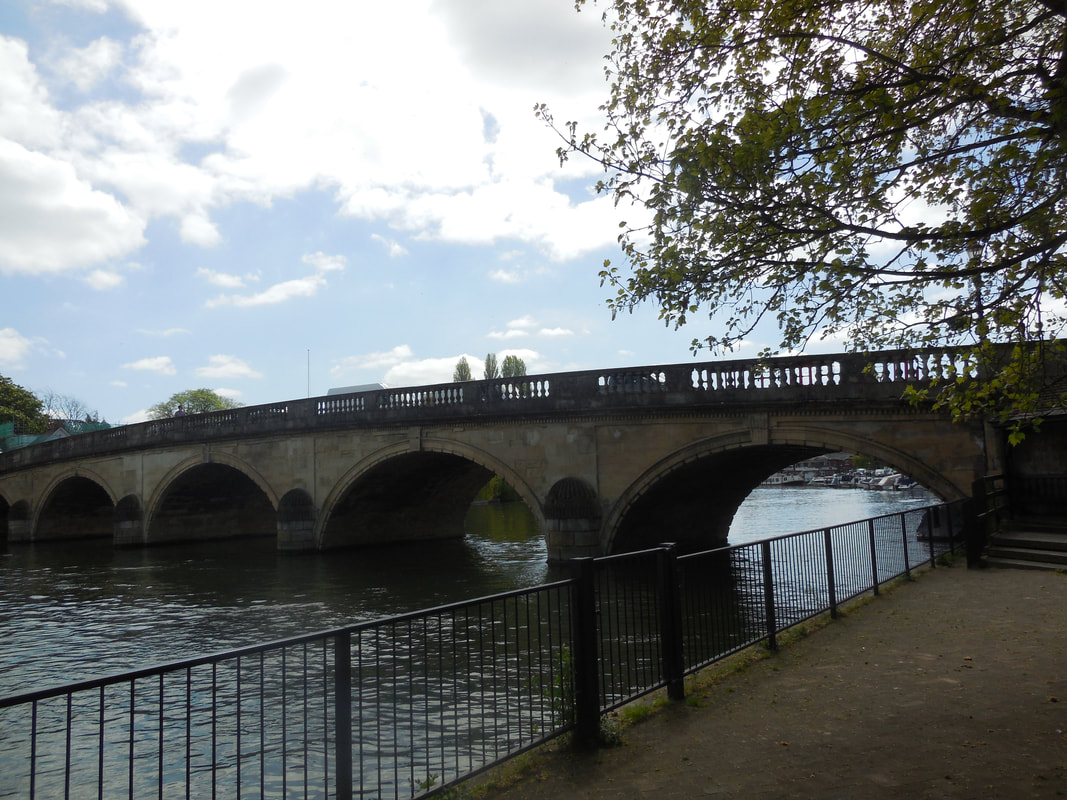
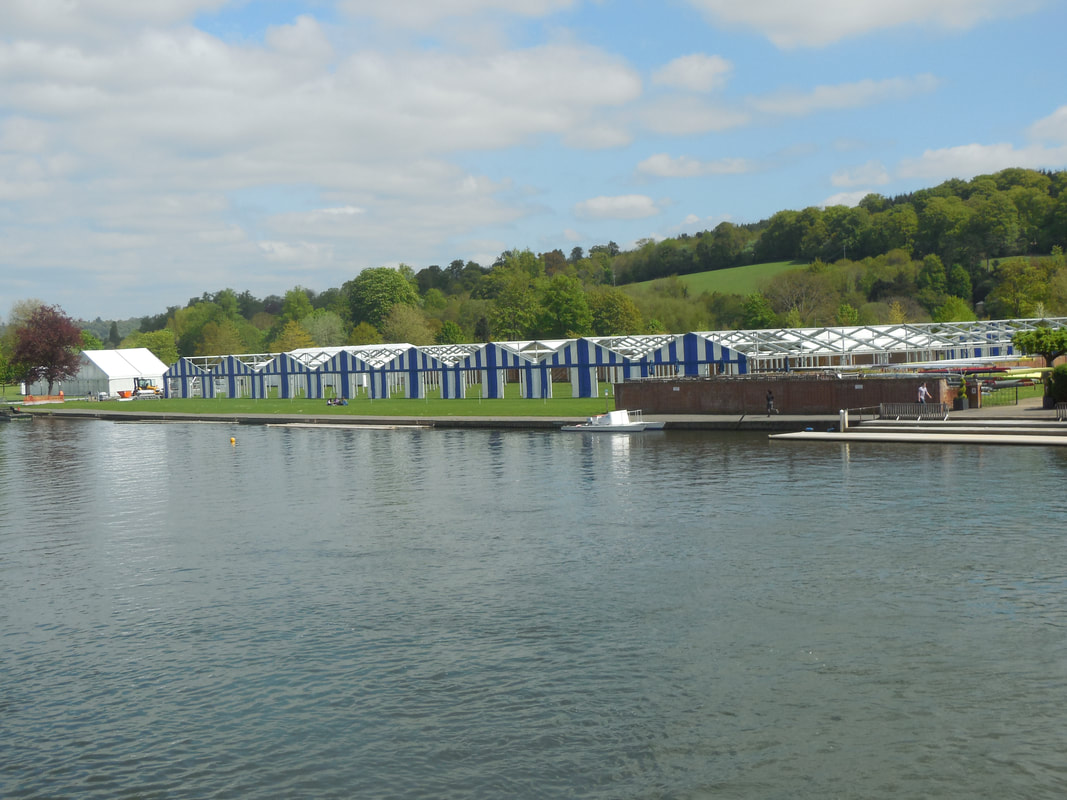
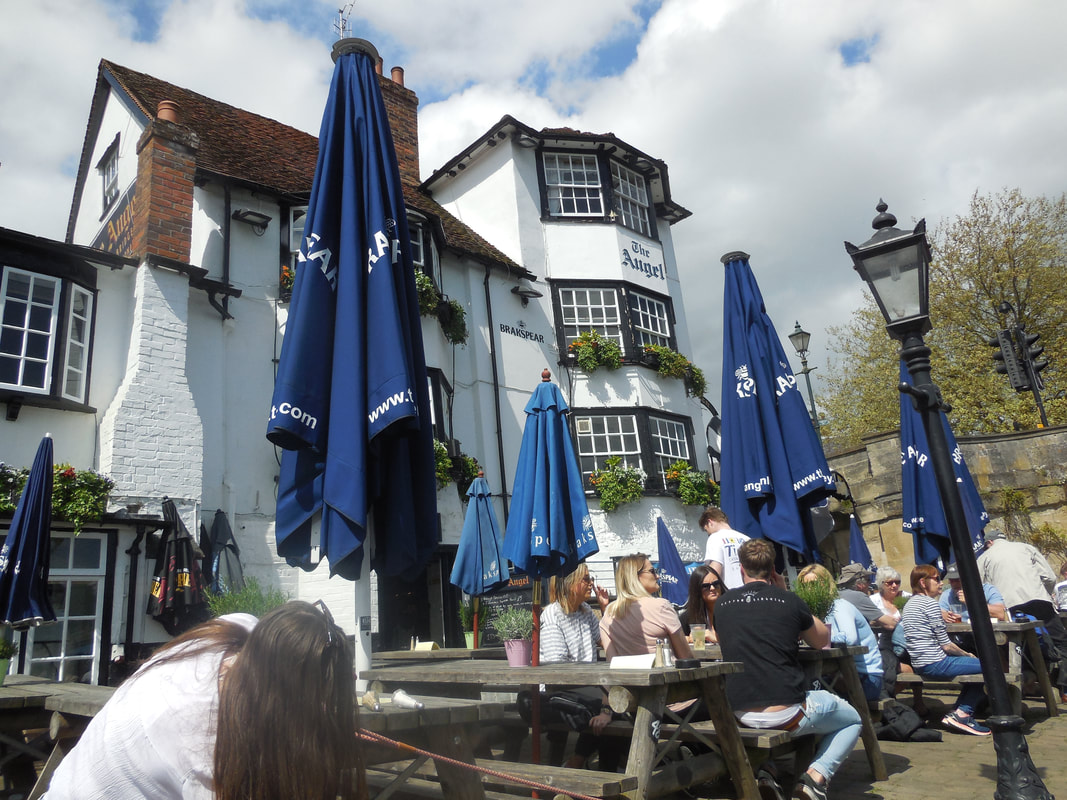

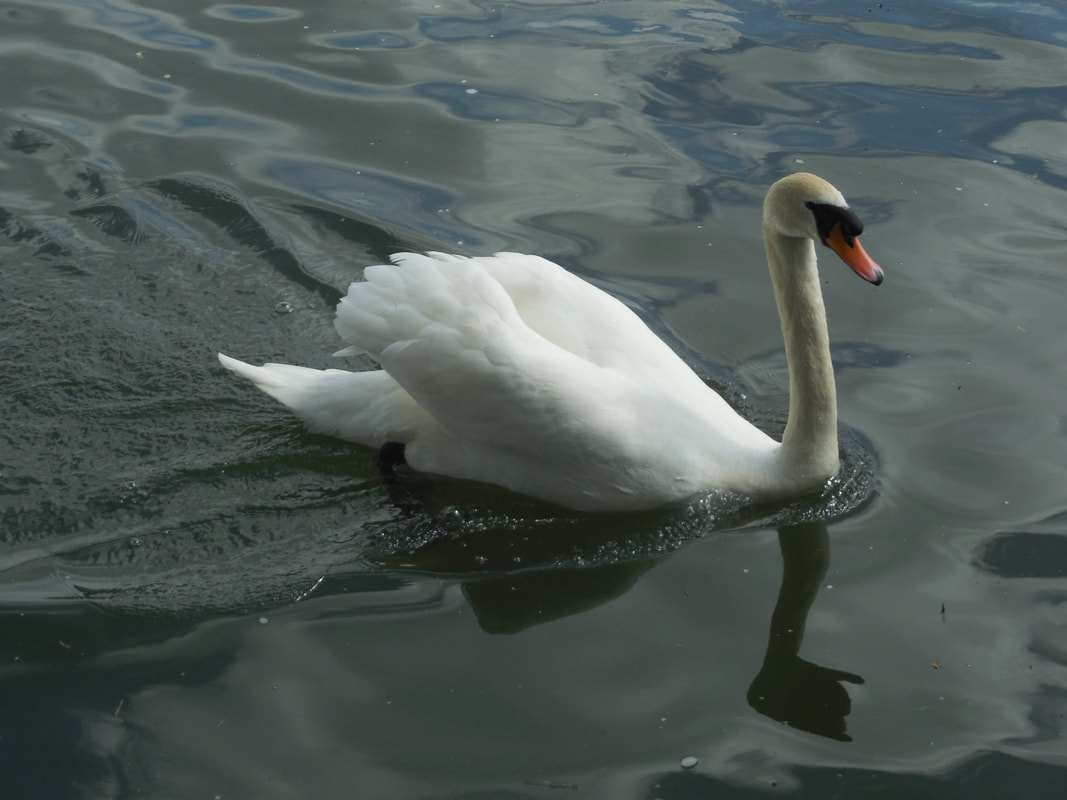
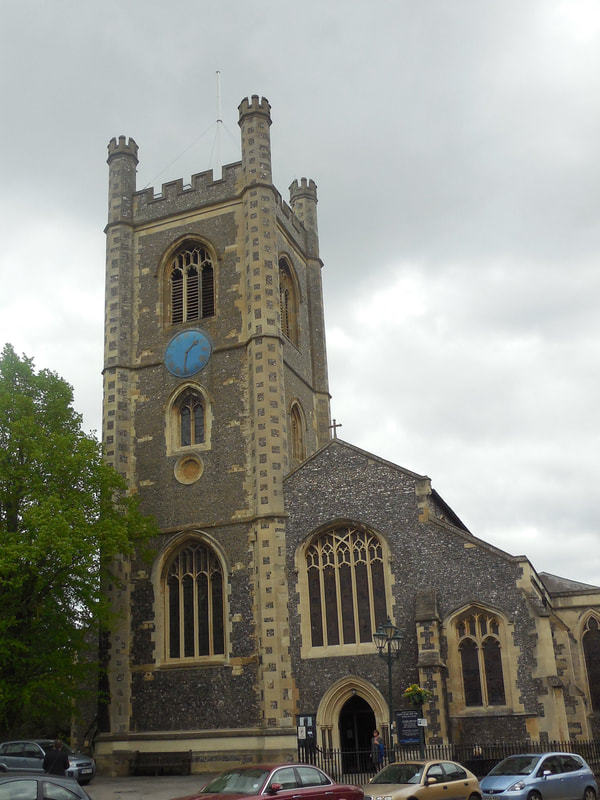
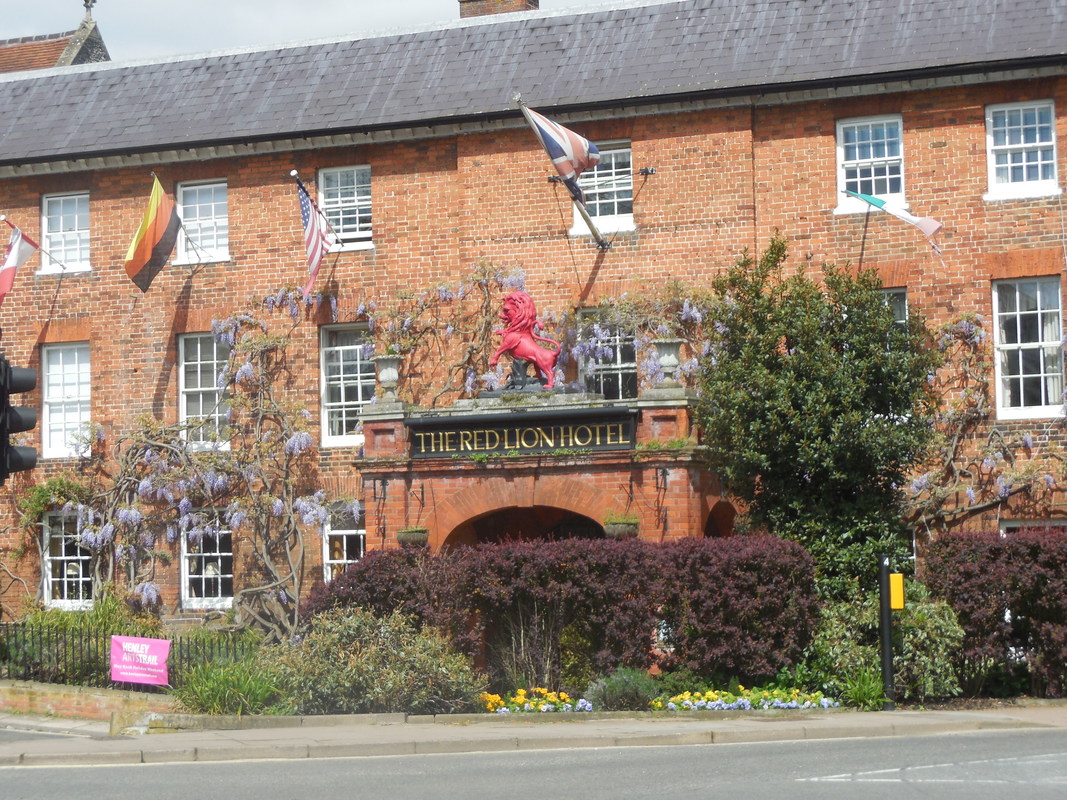
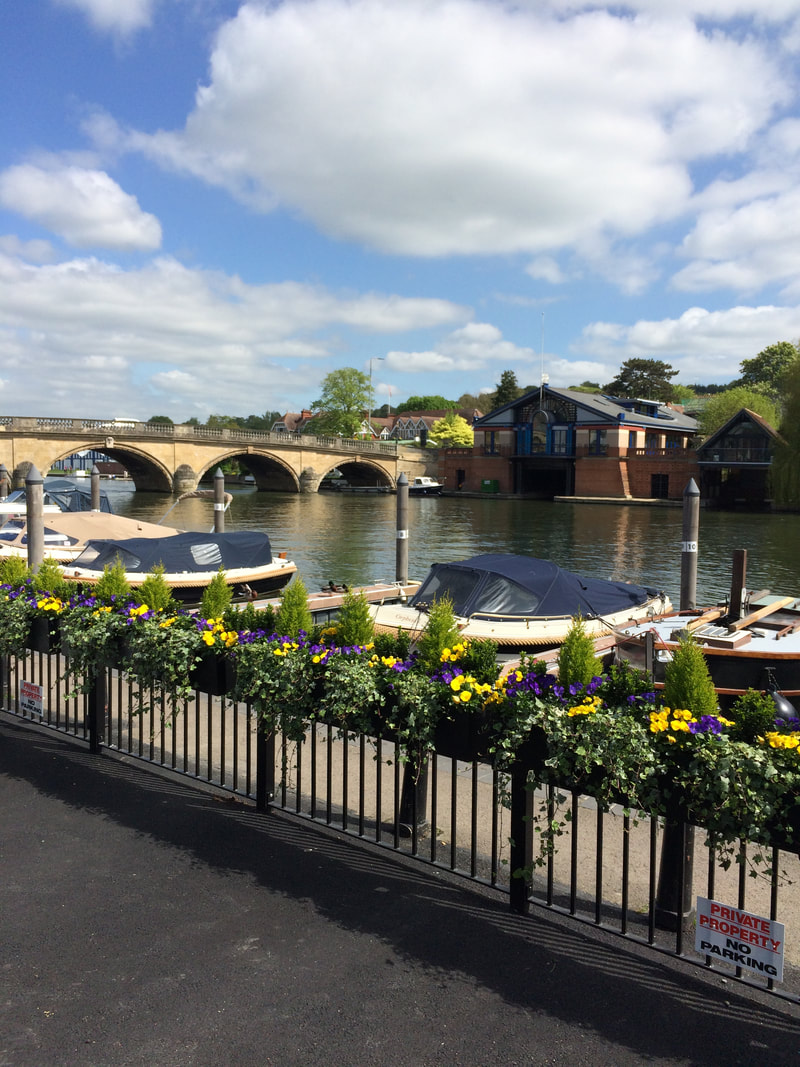
 RSS Feed
RSS Feed